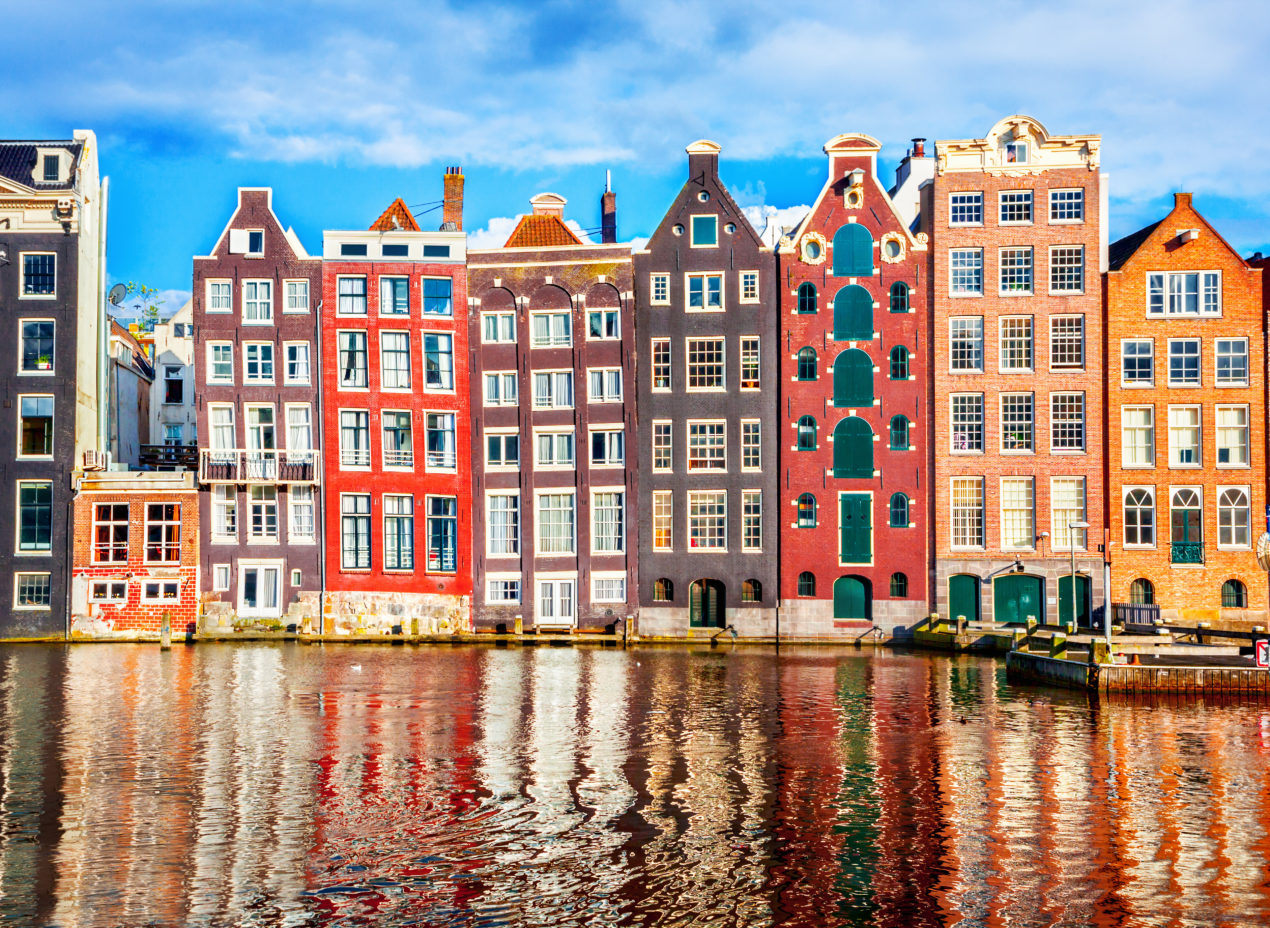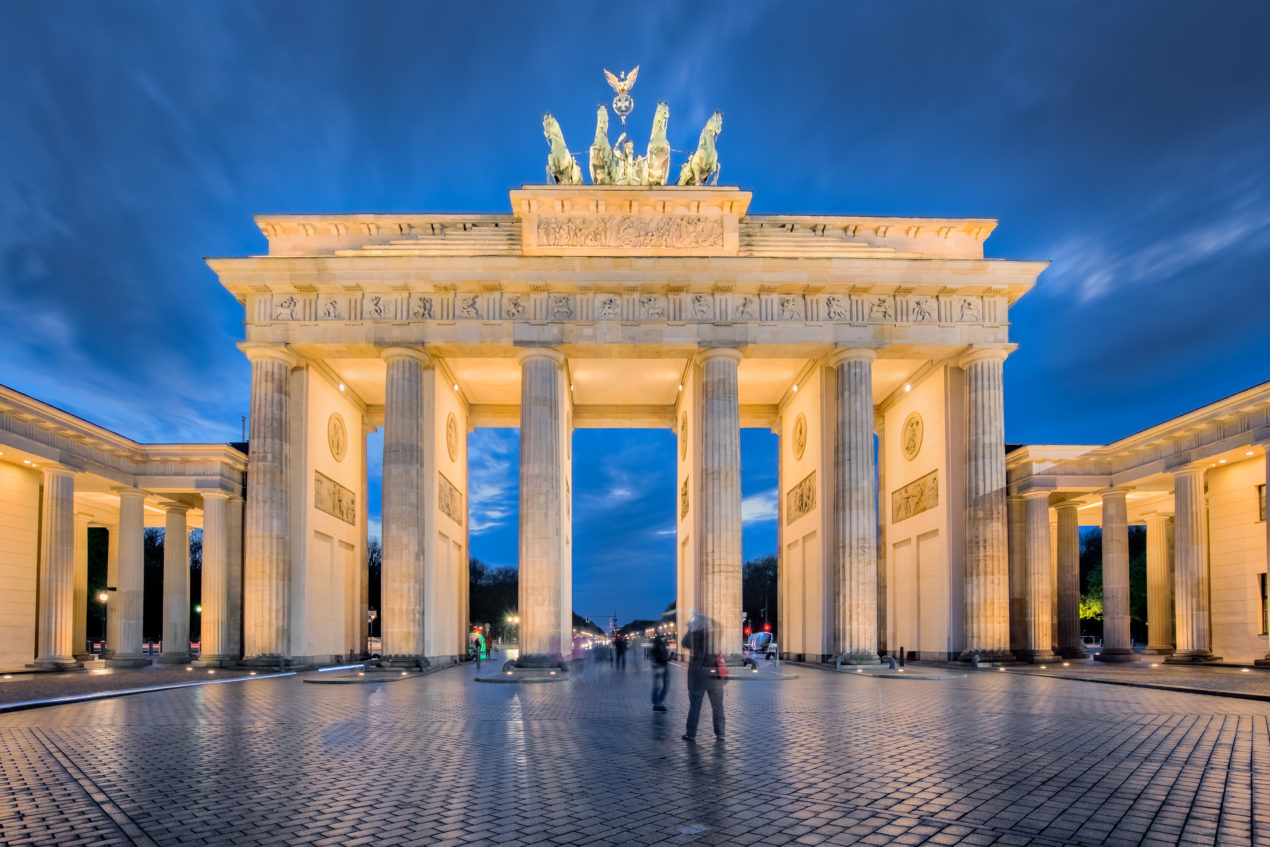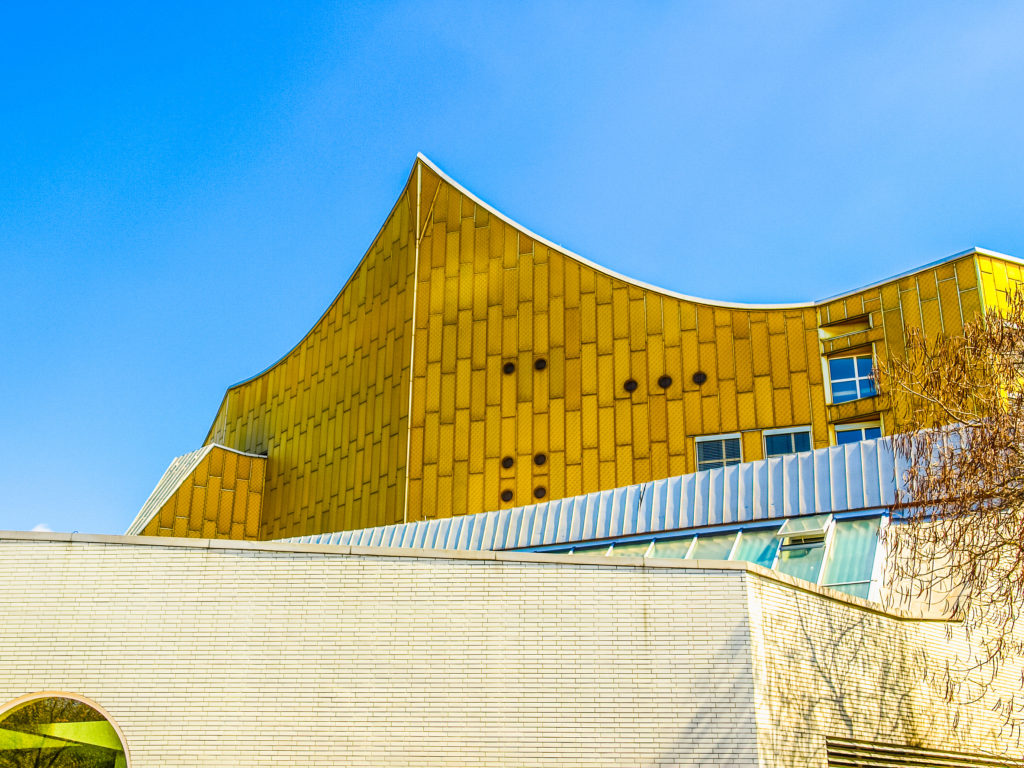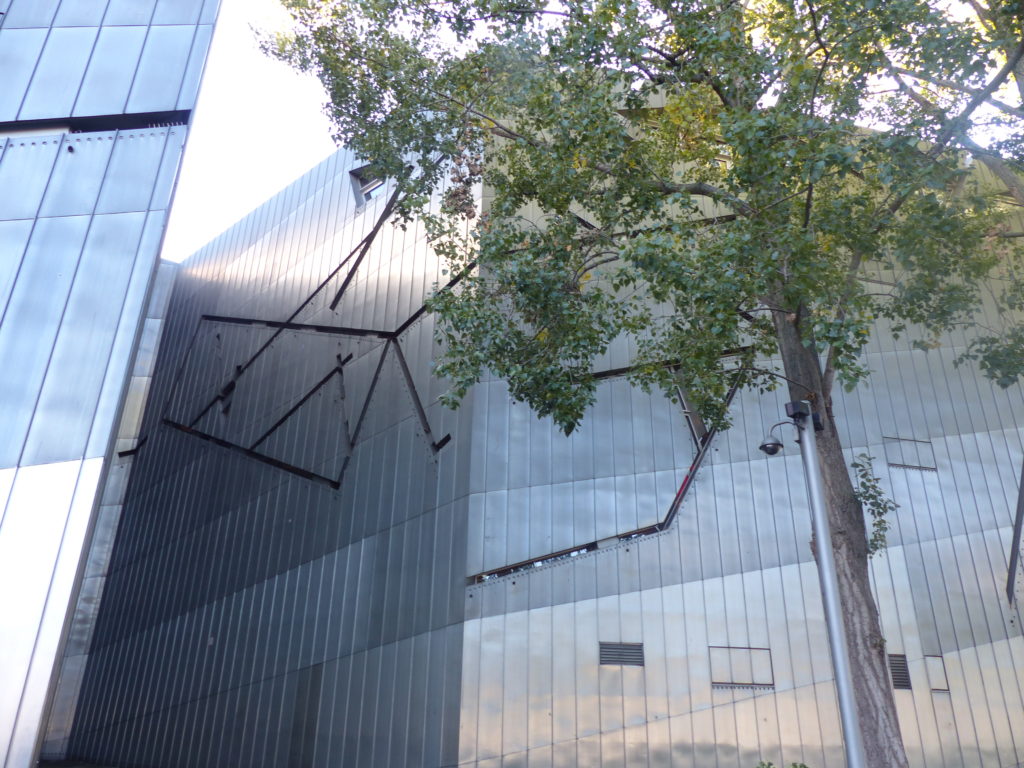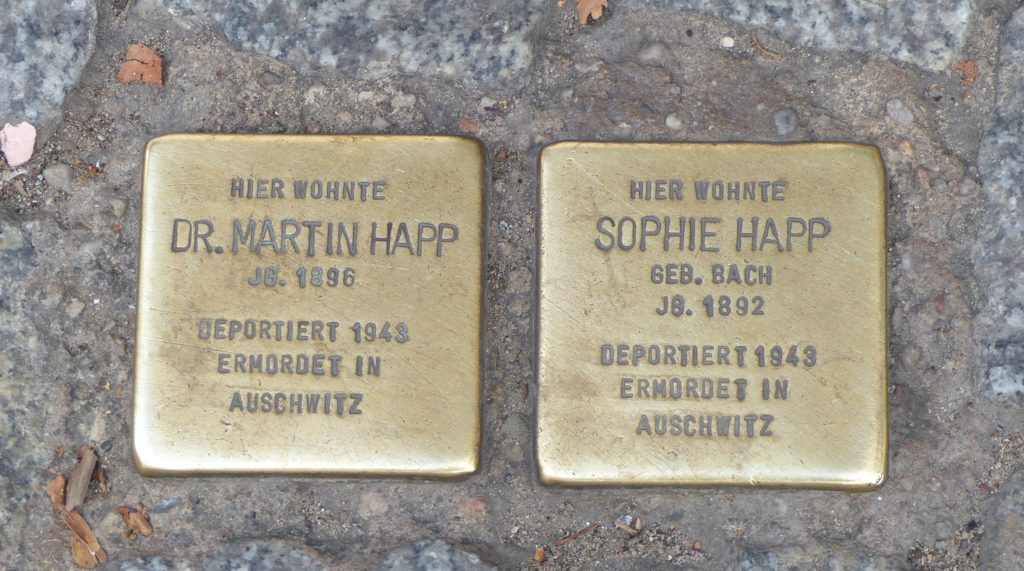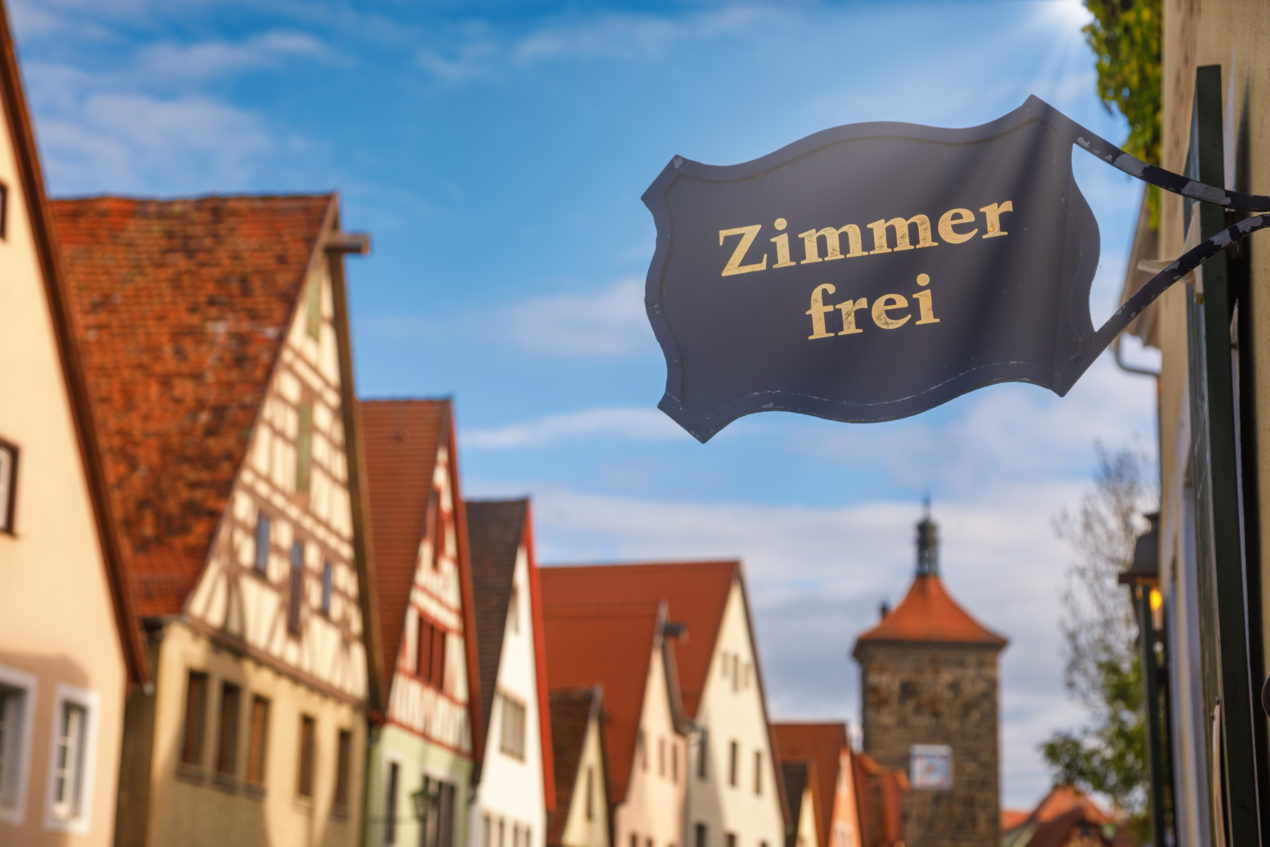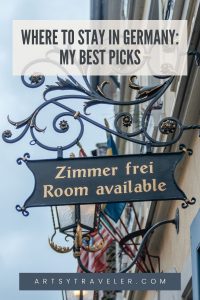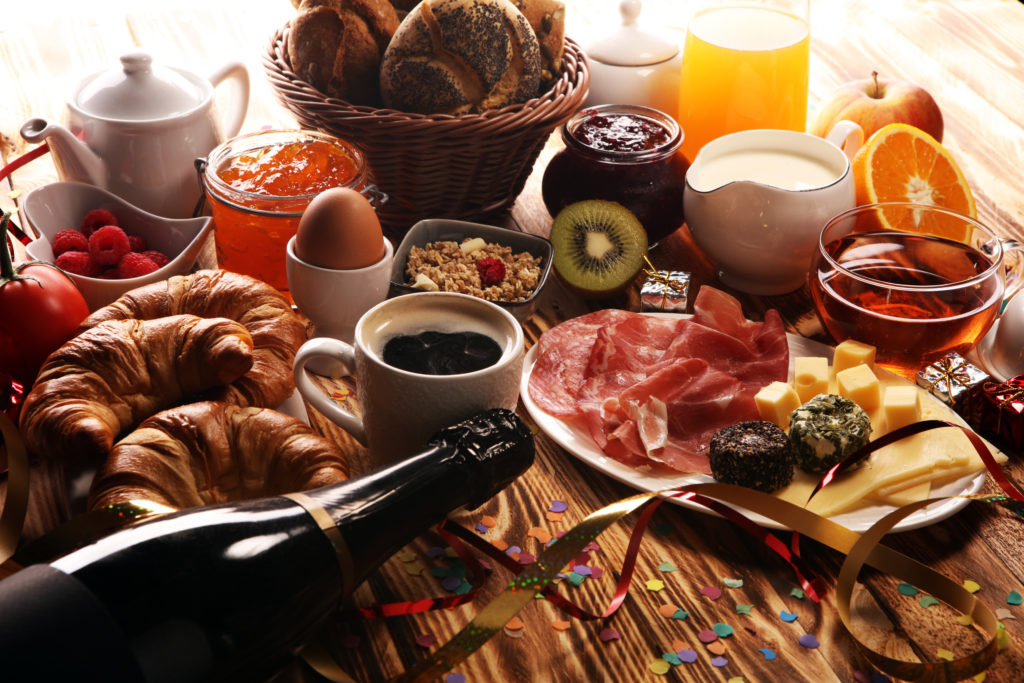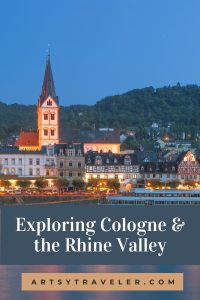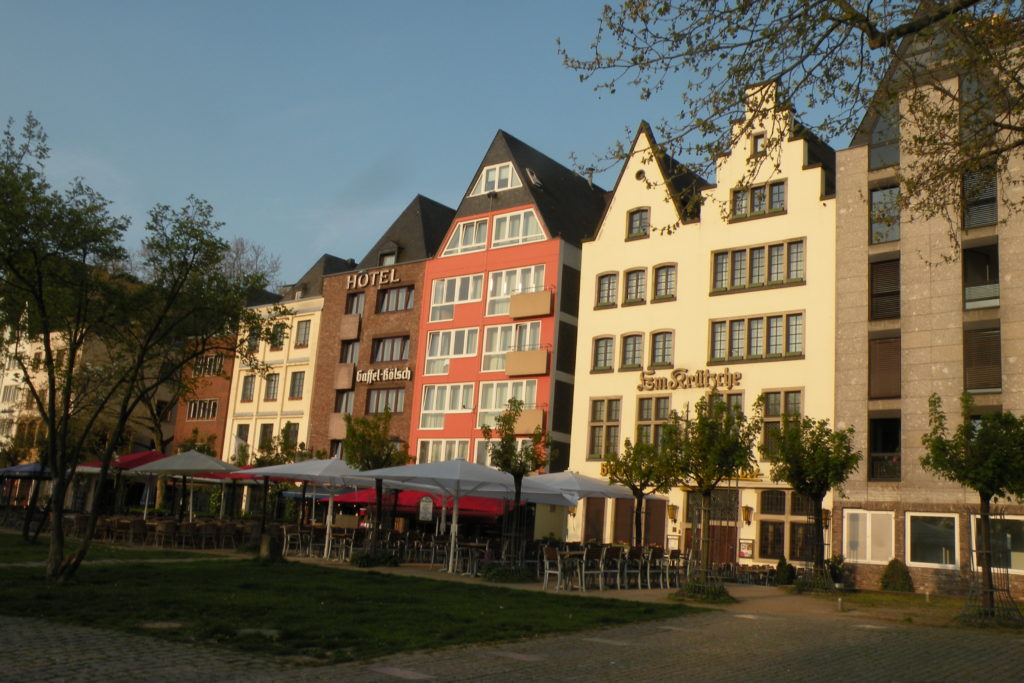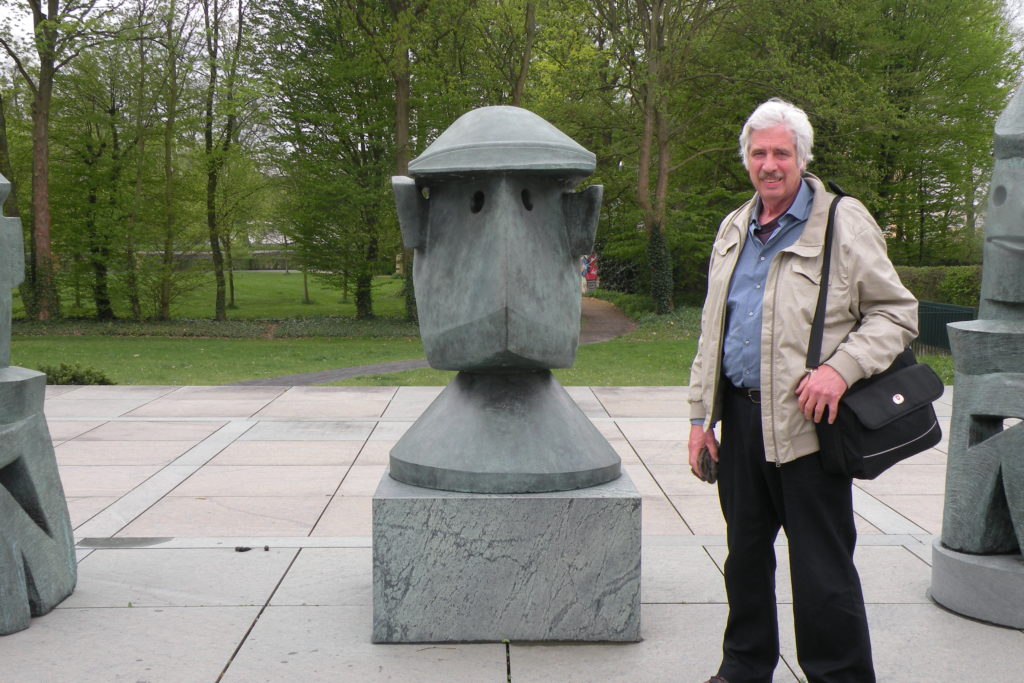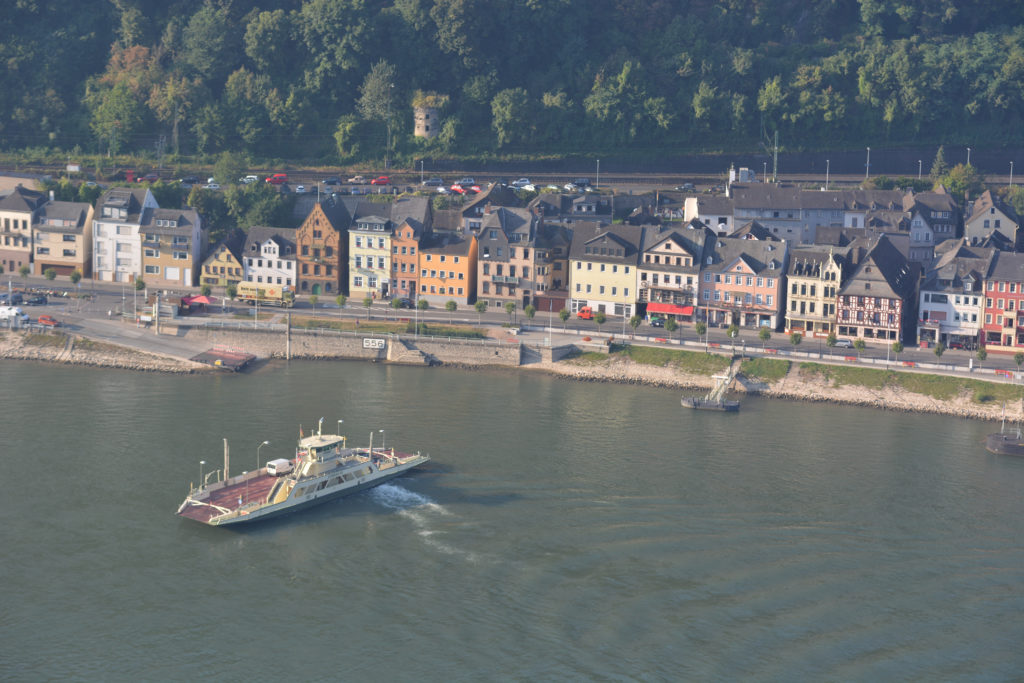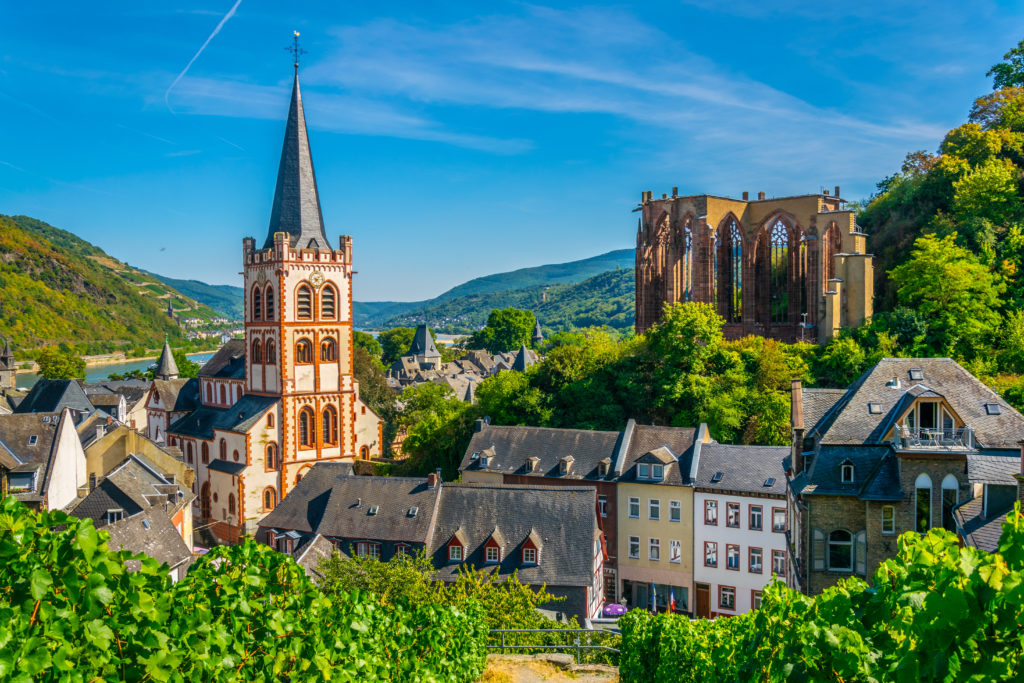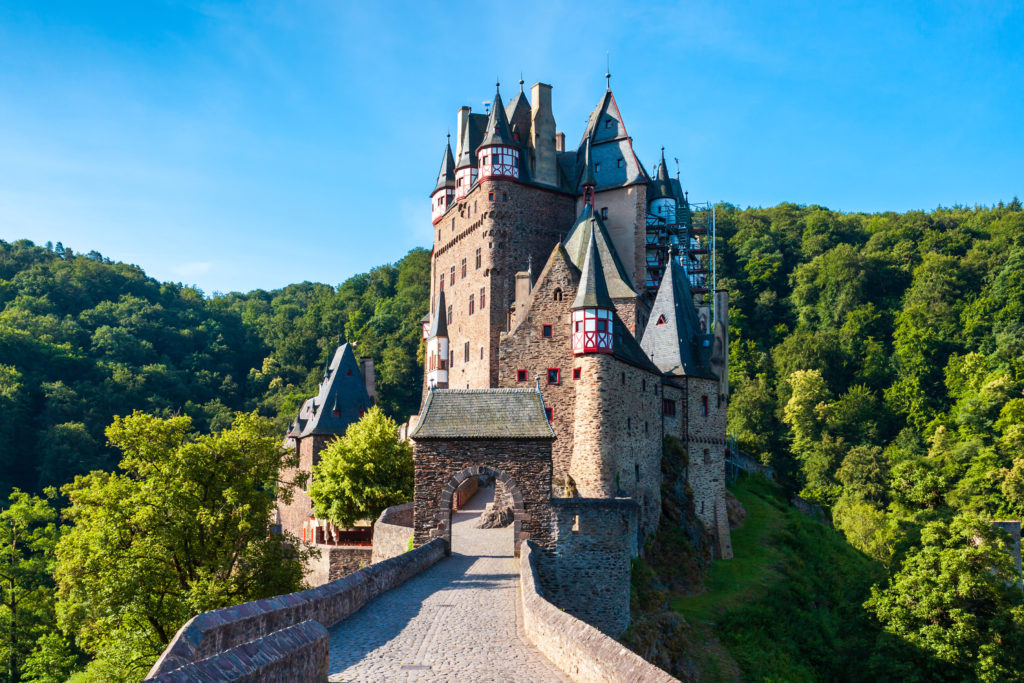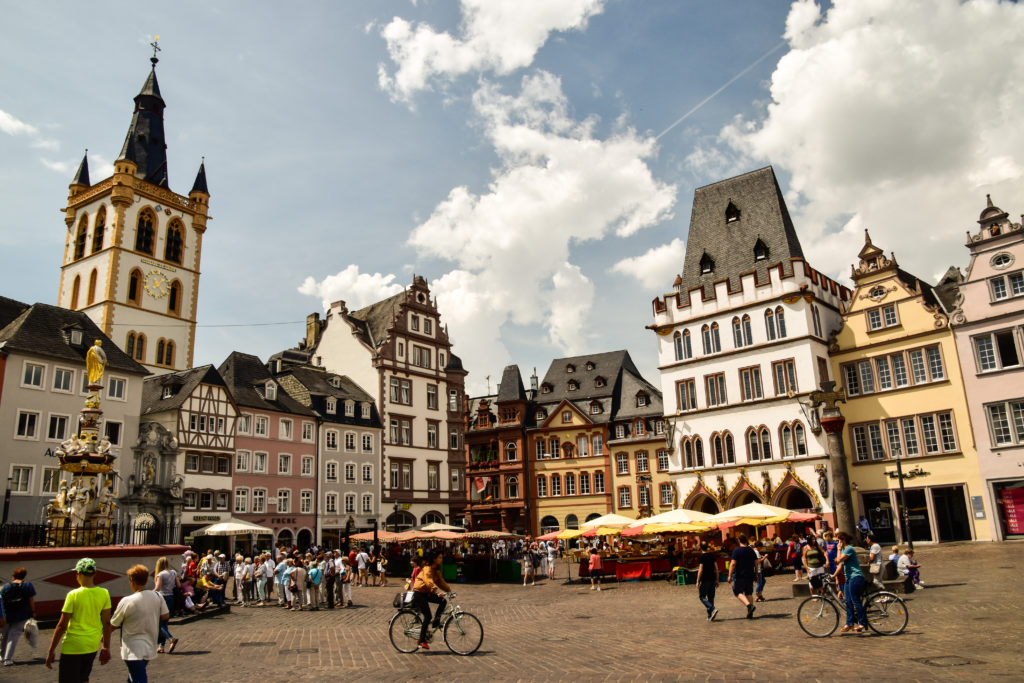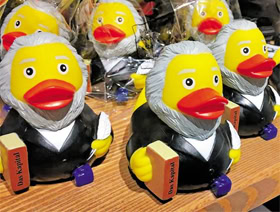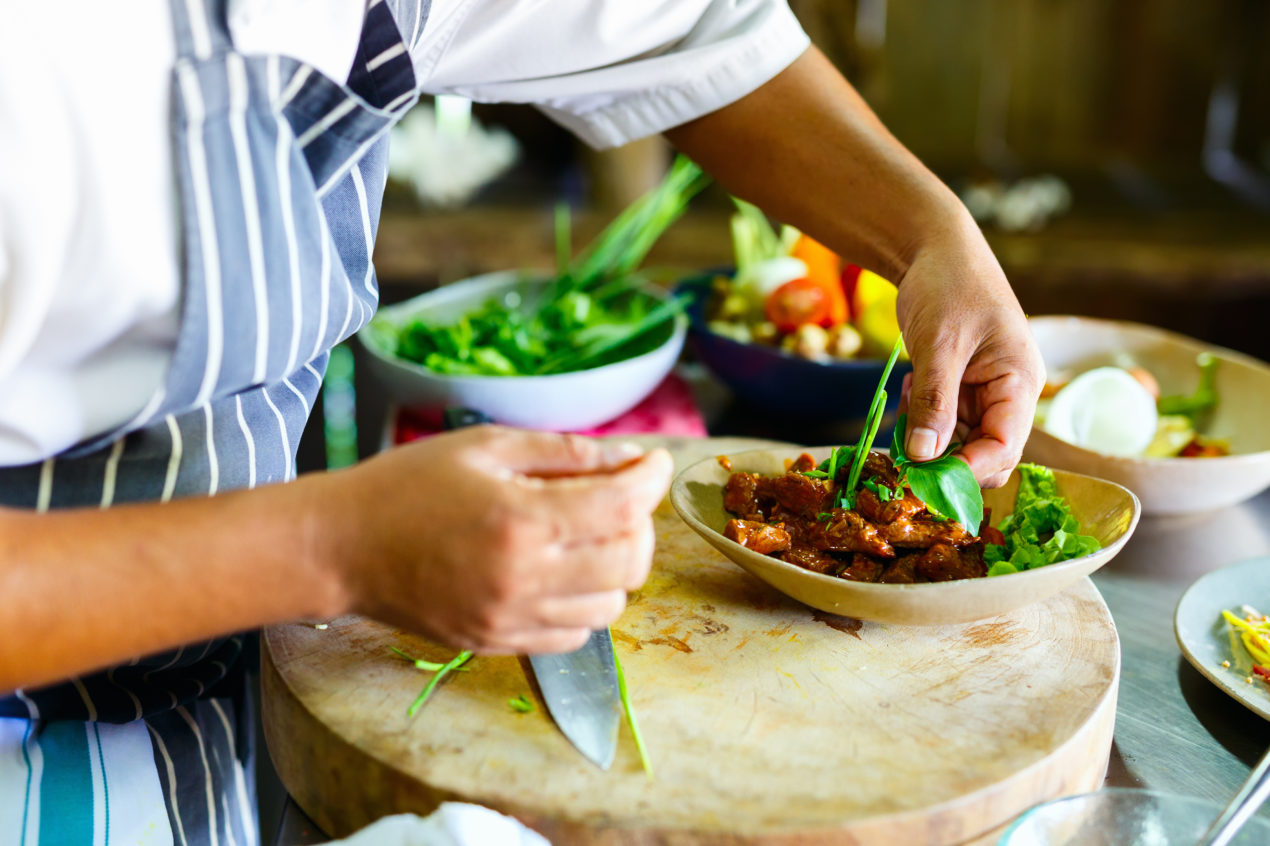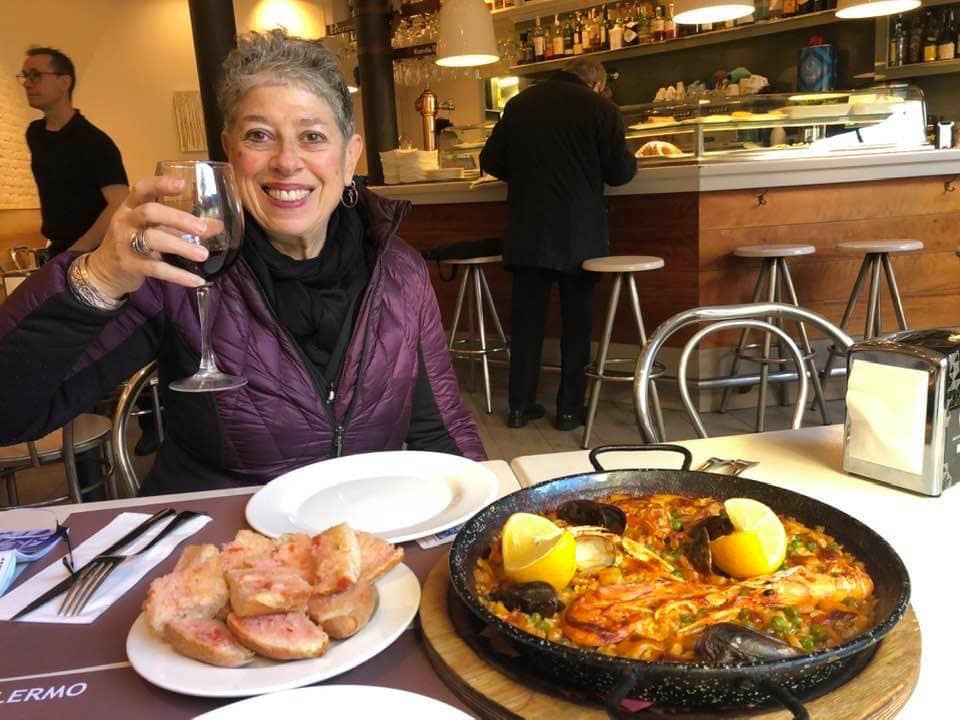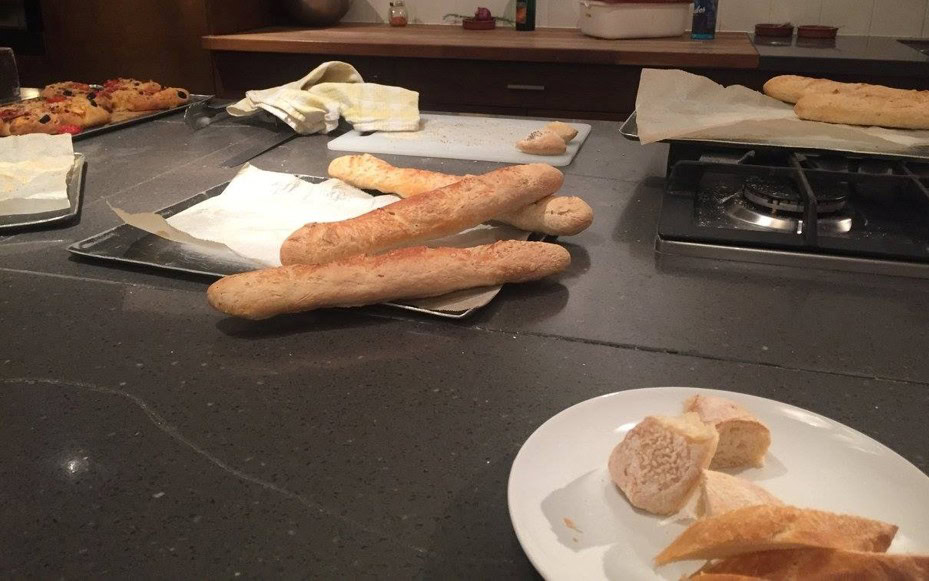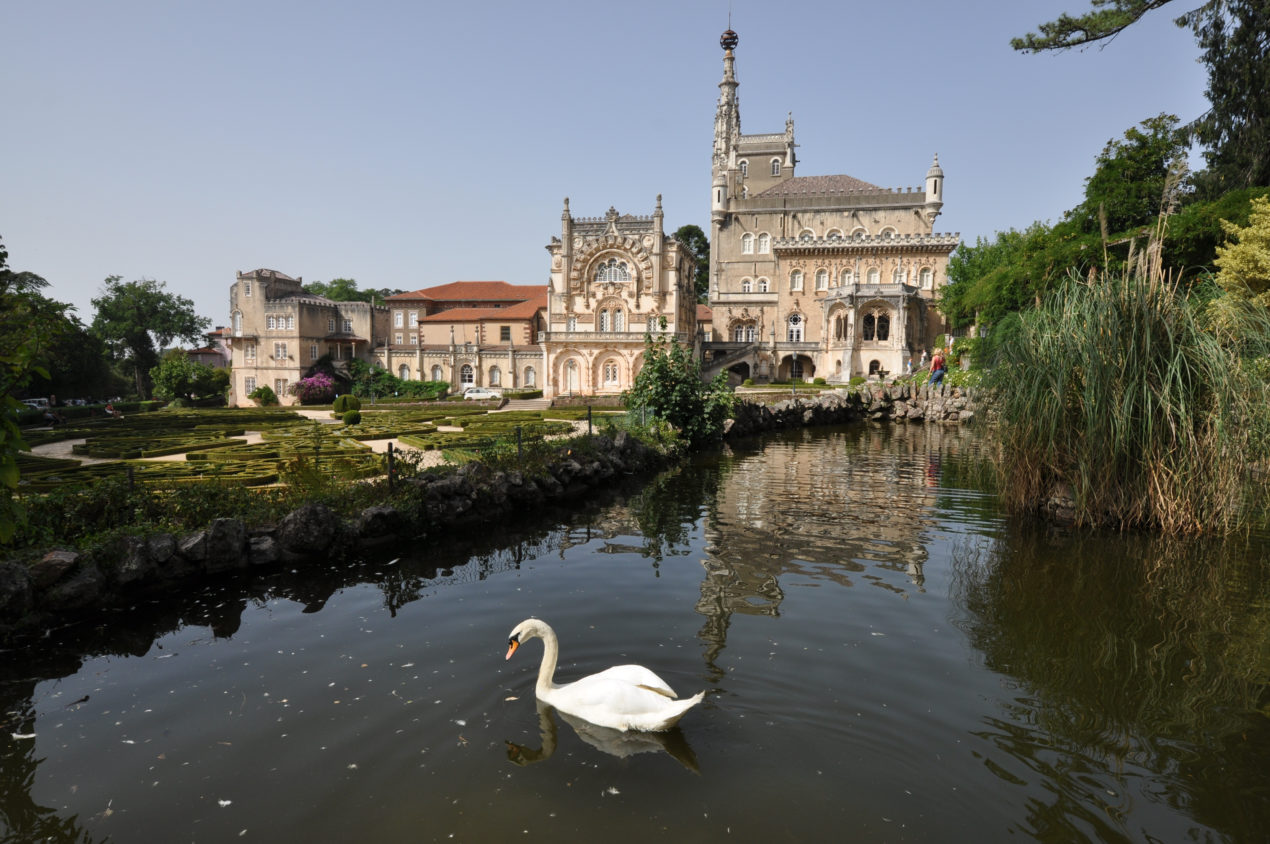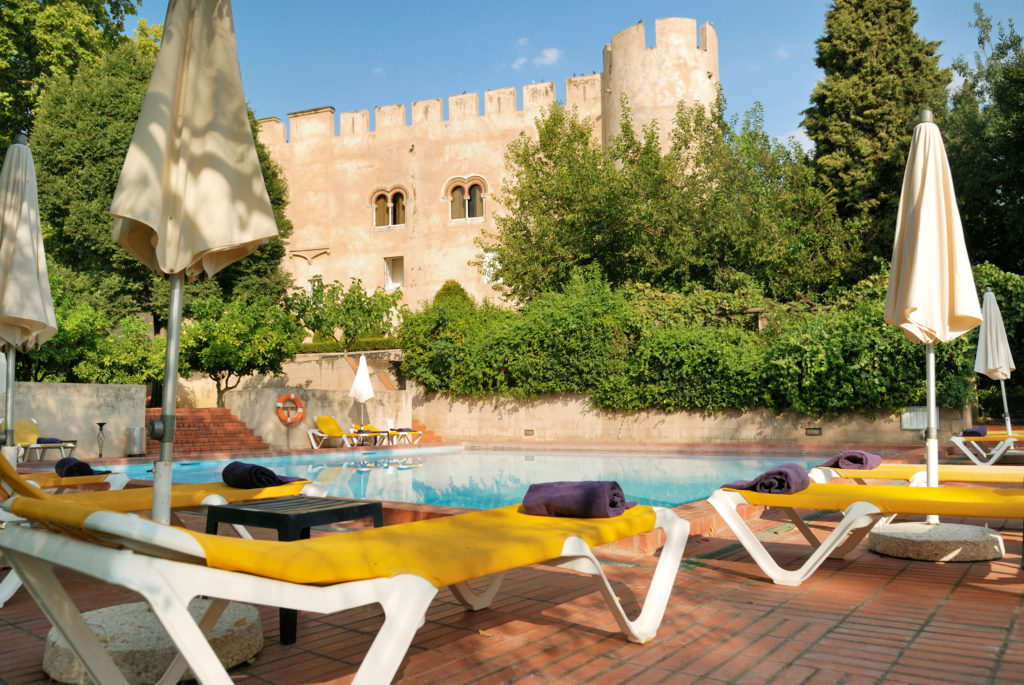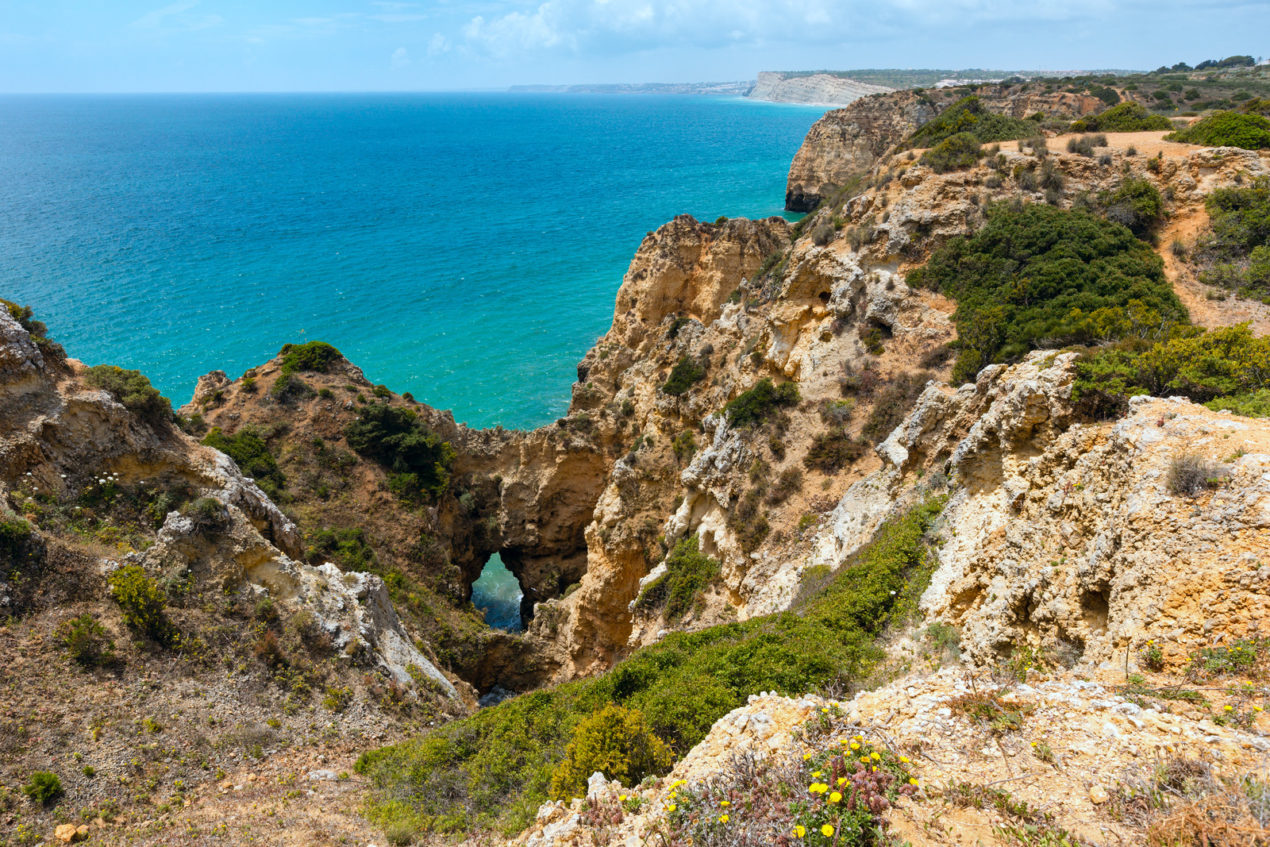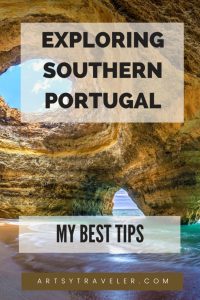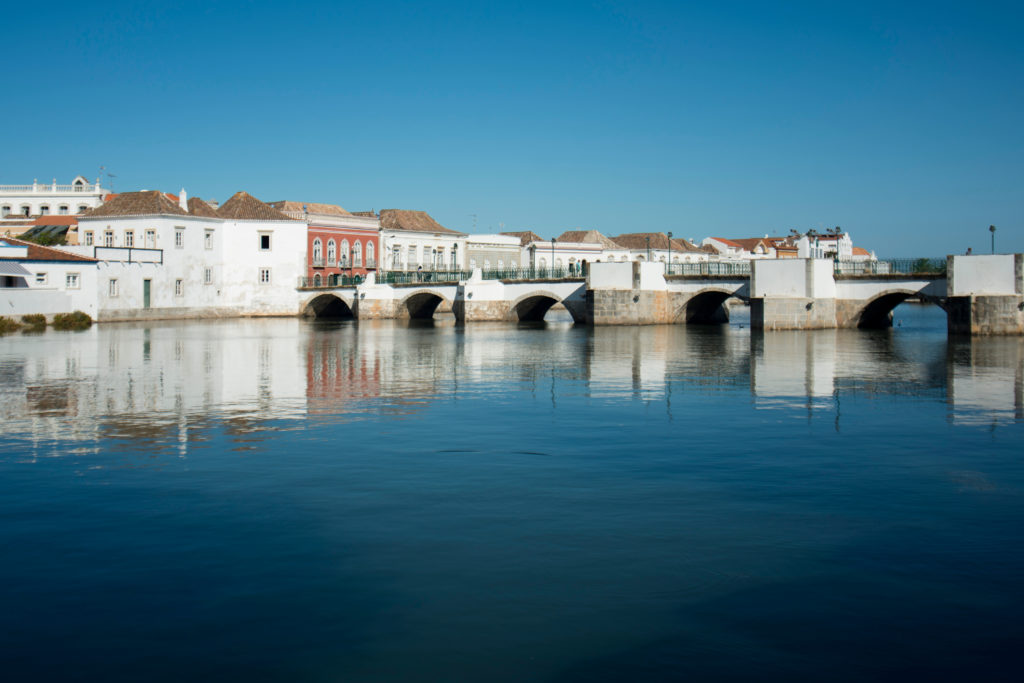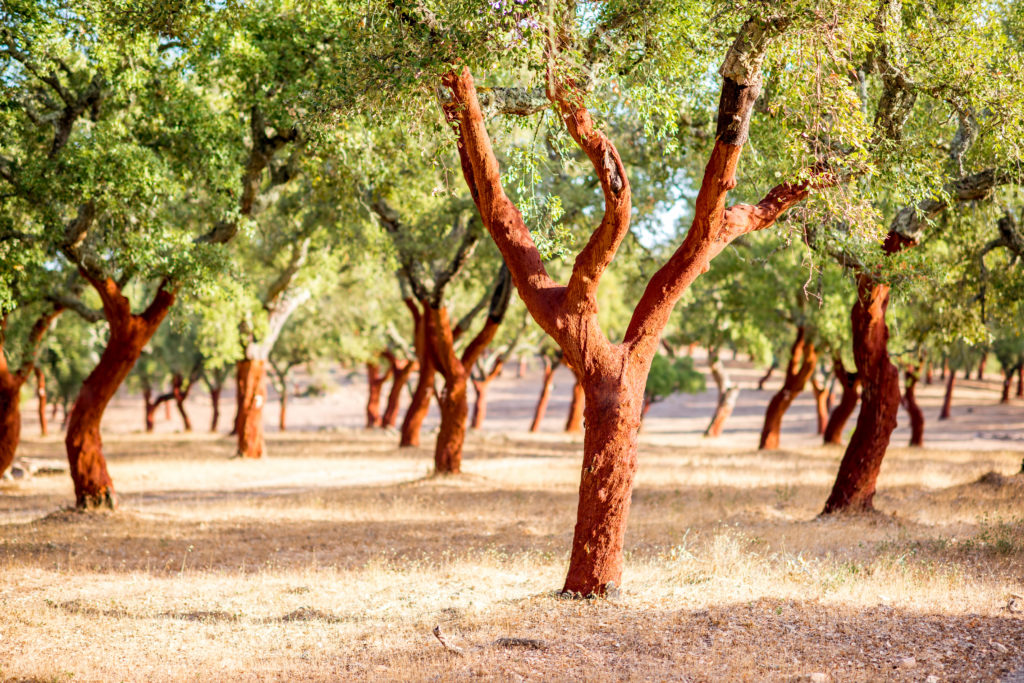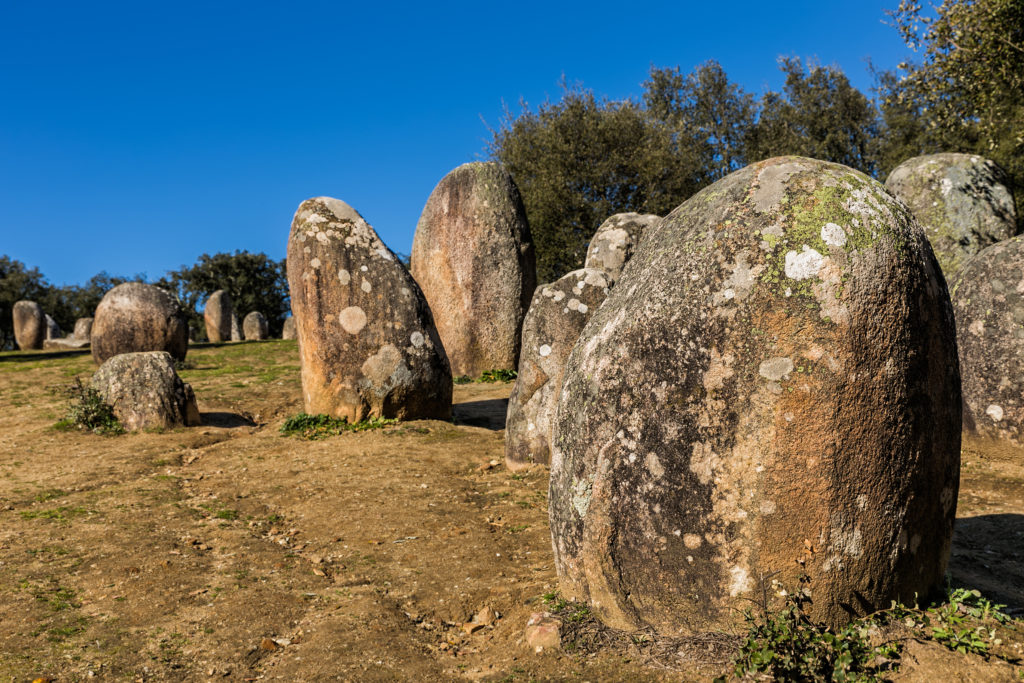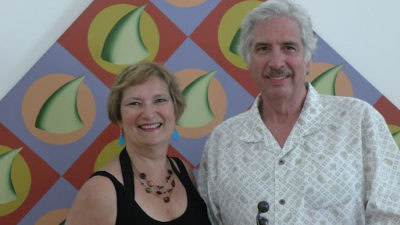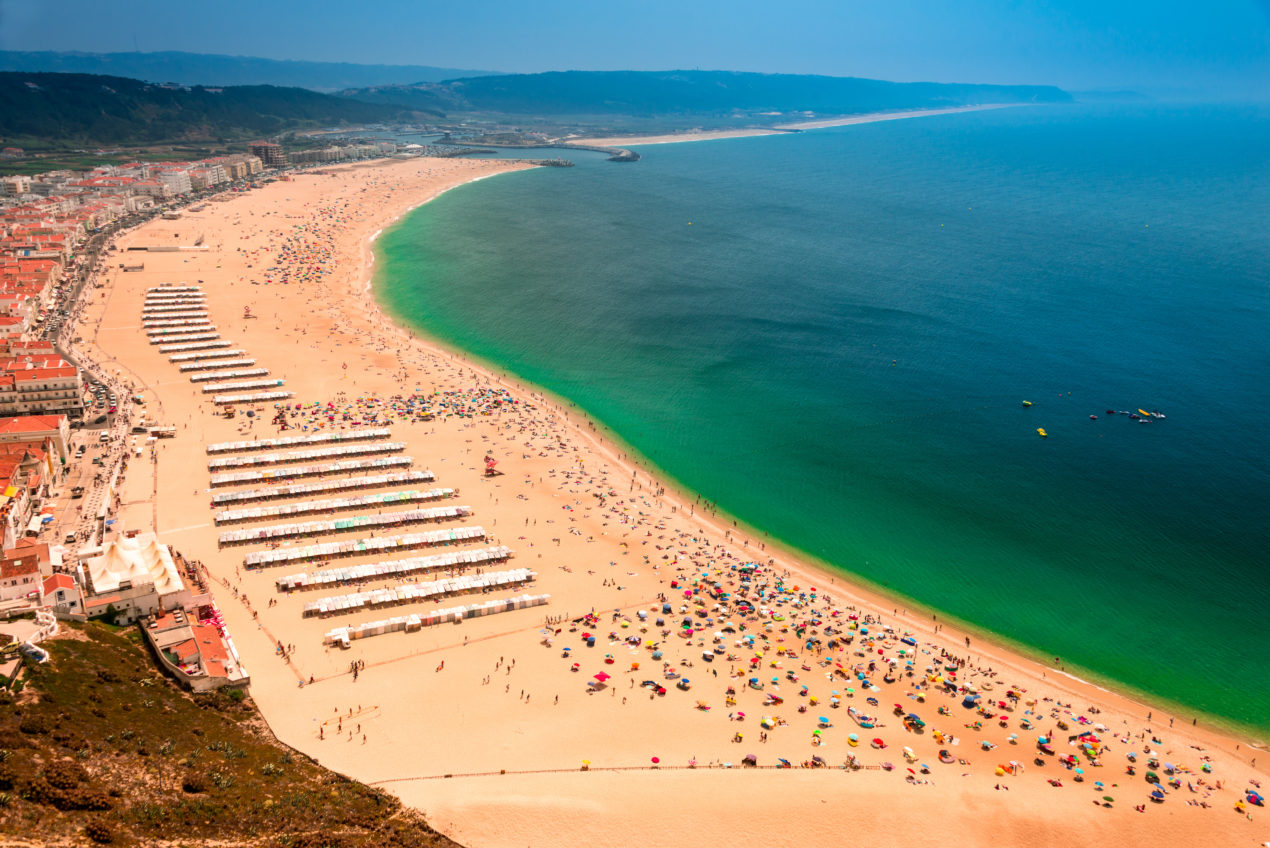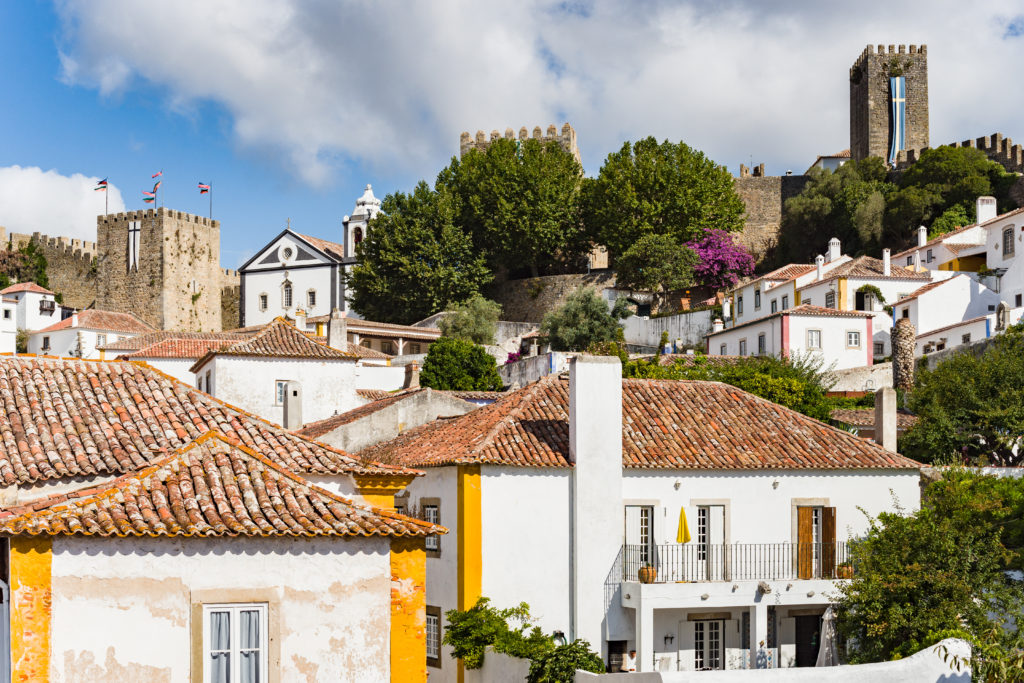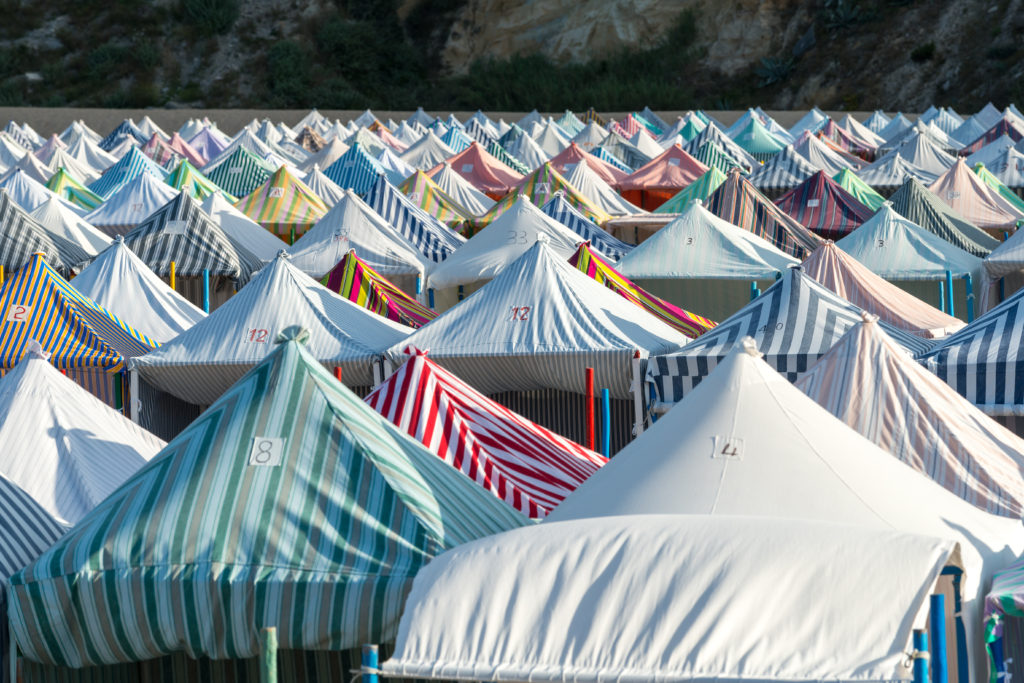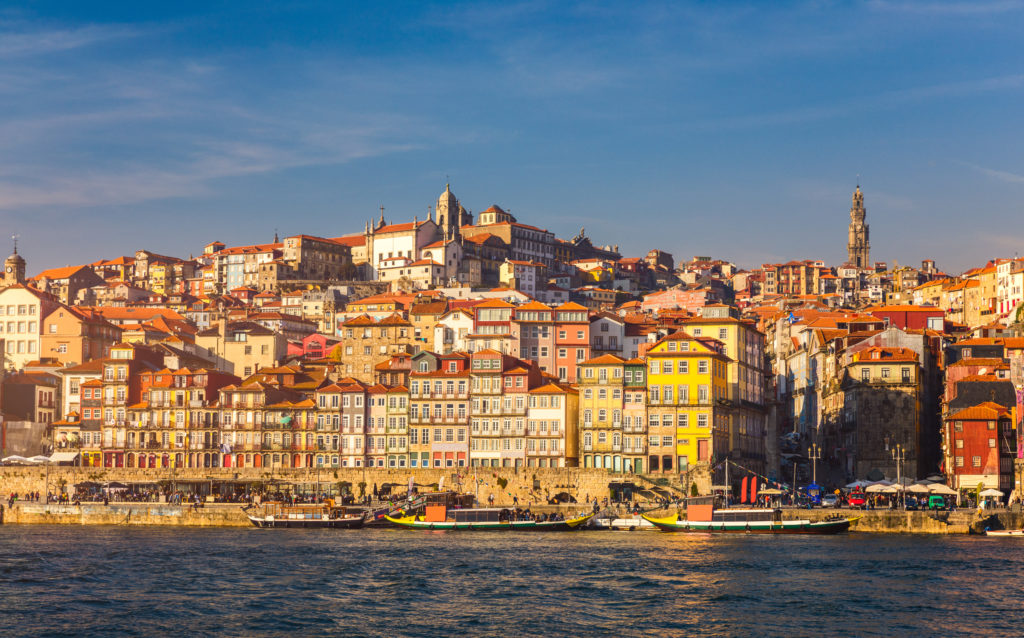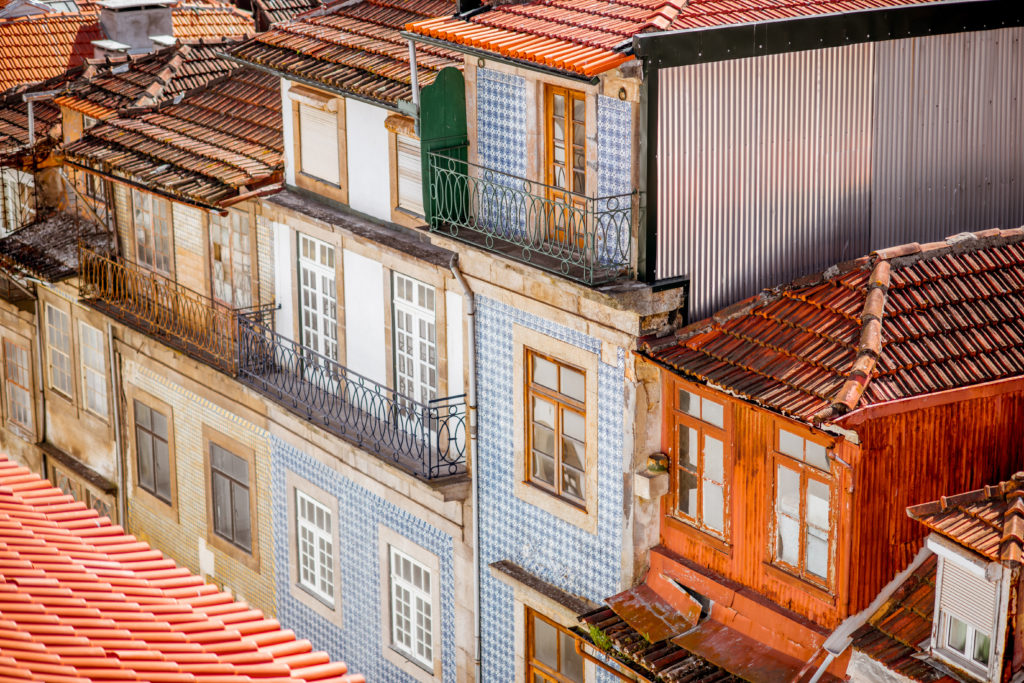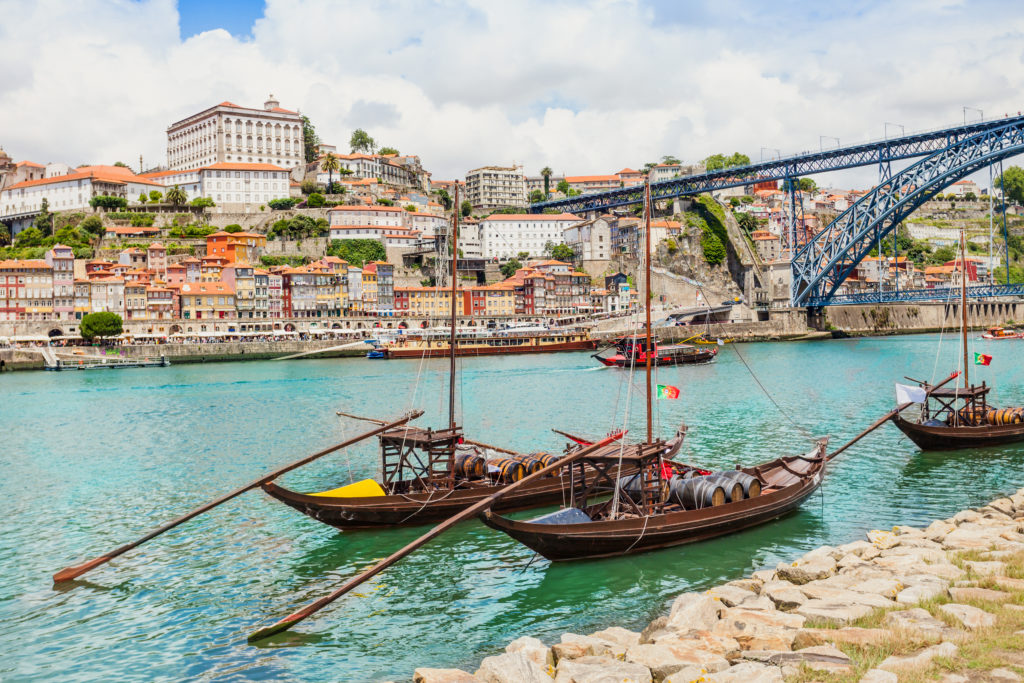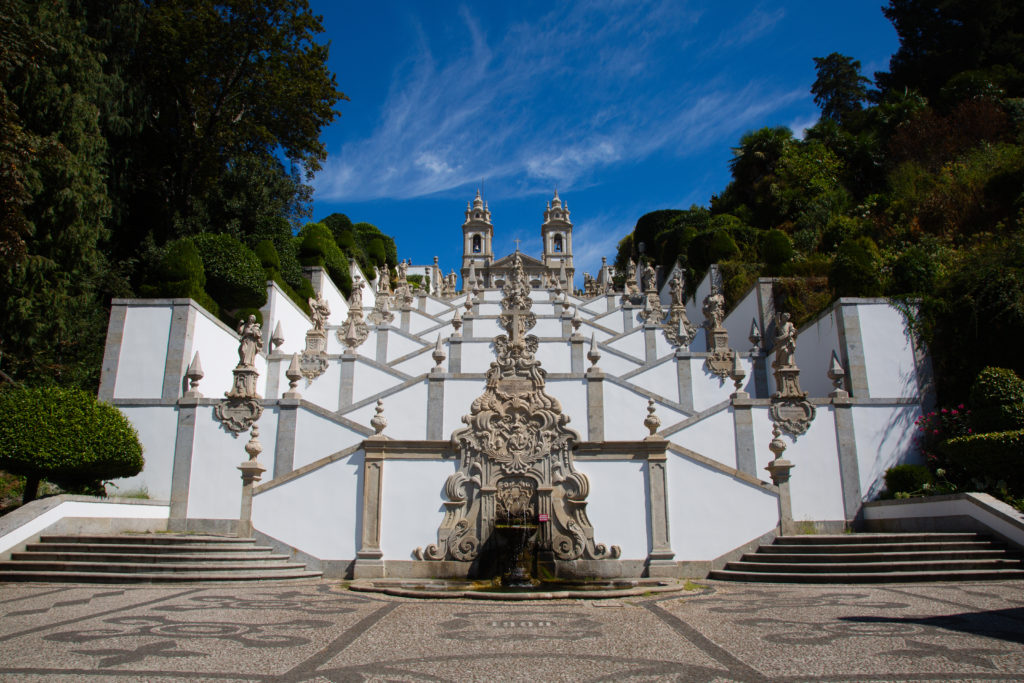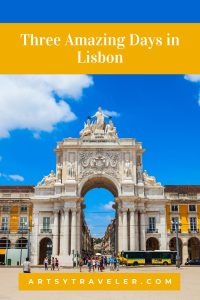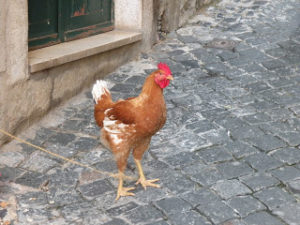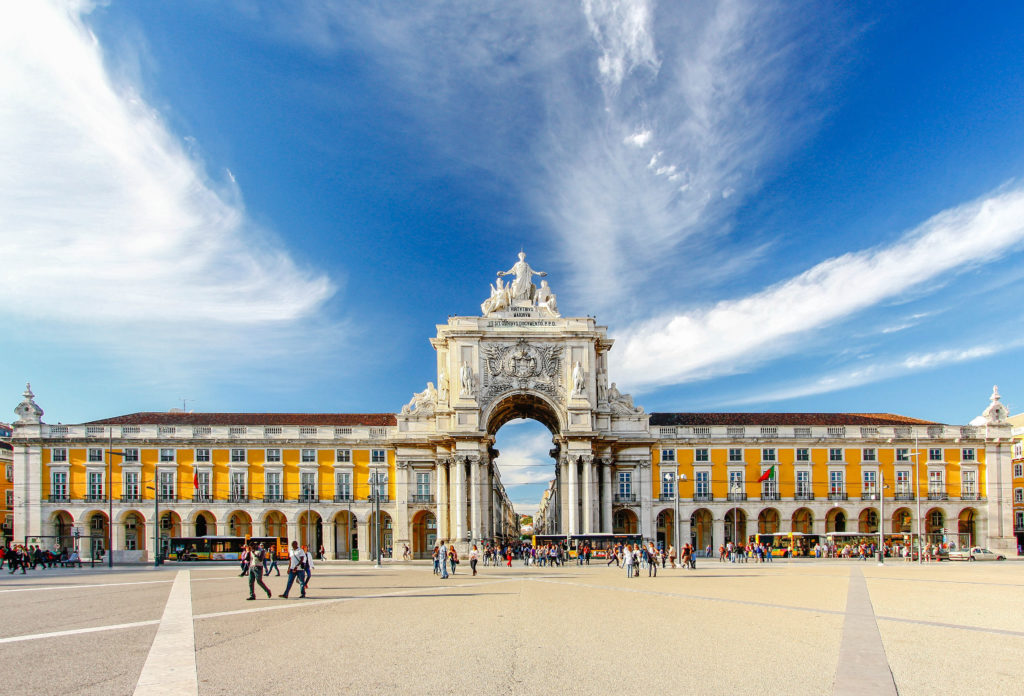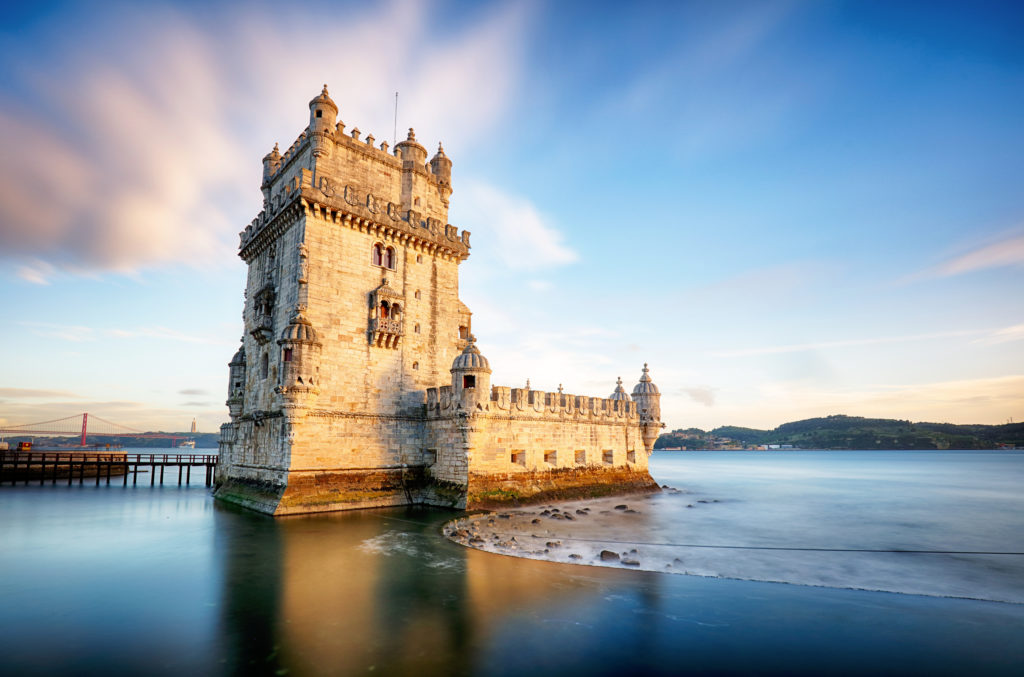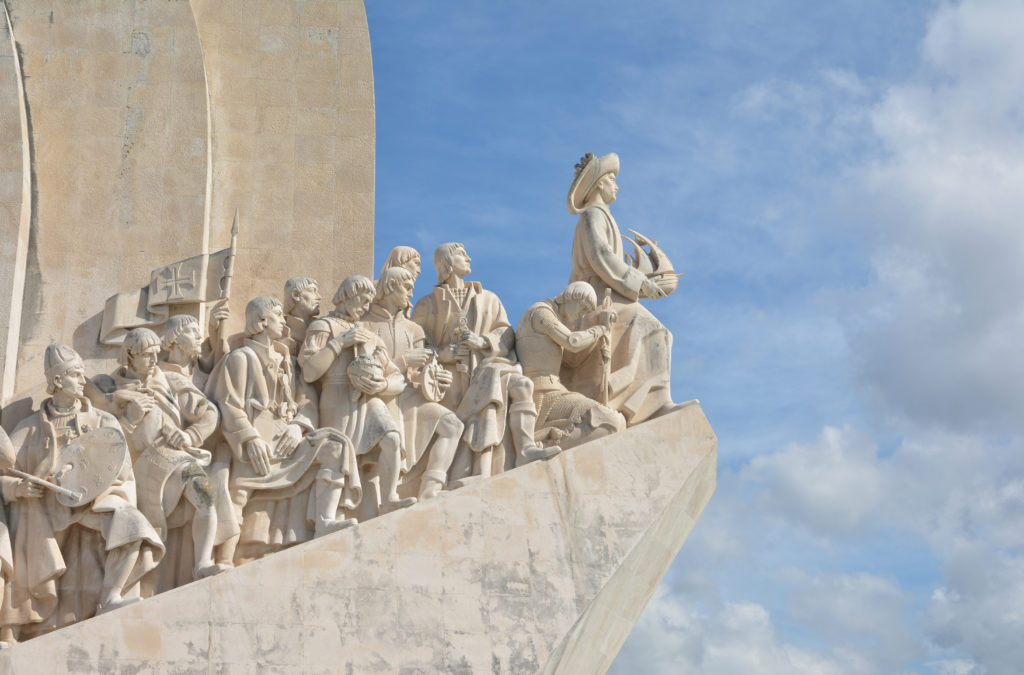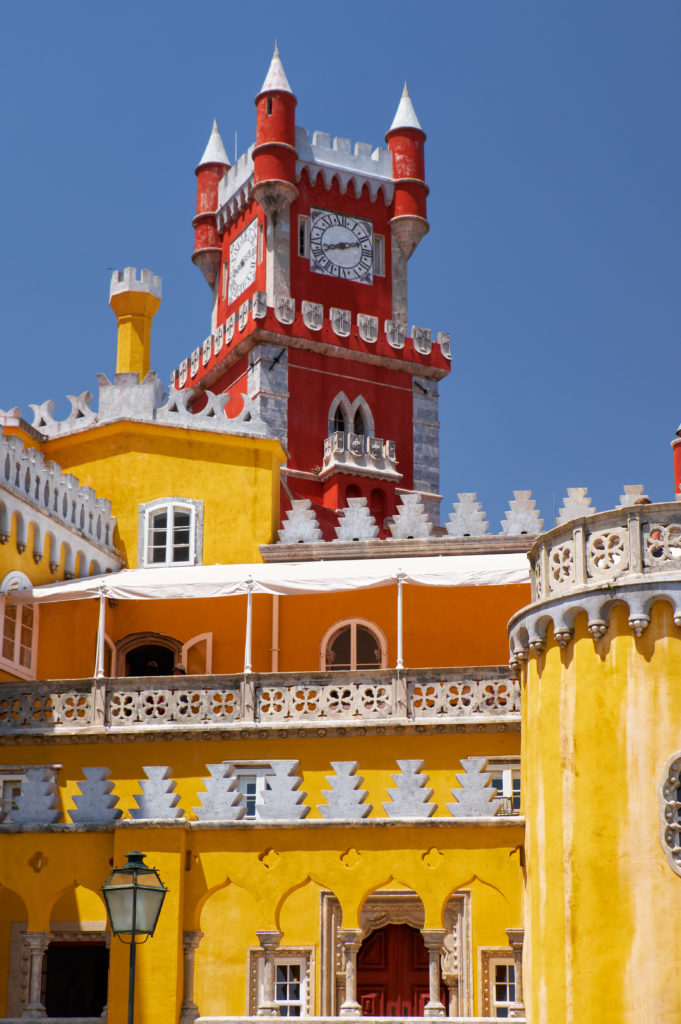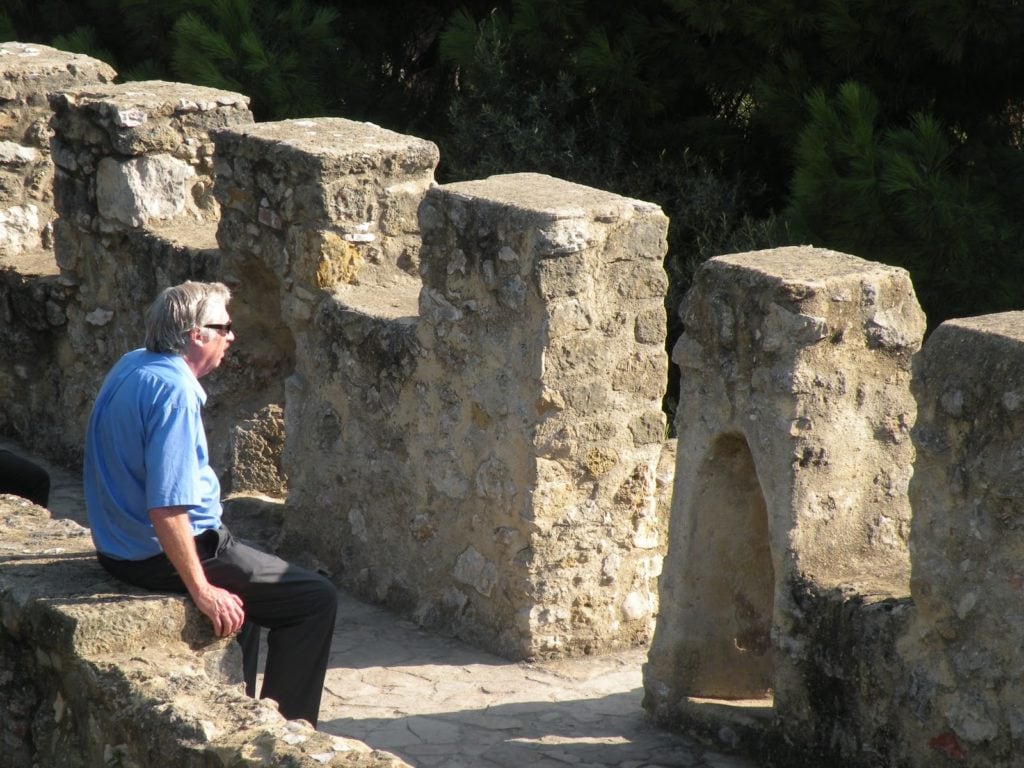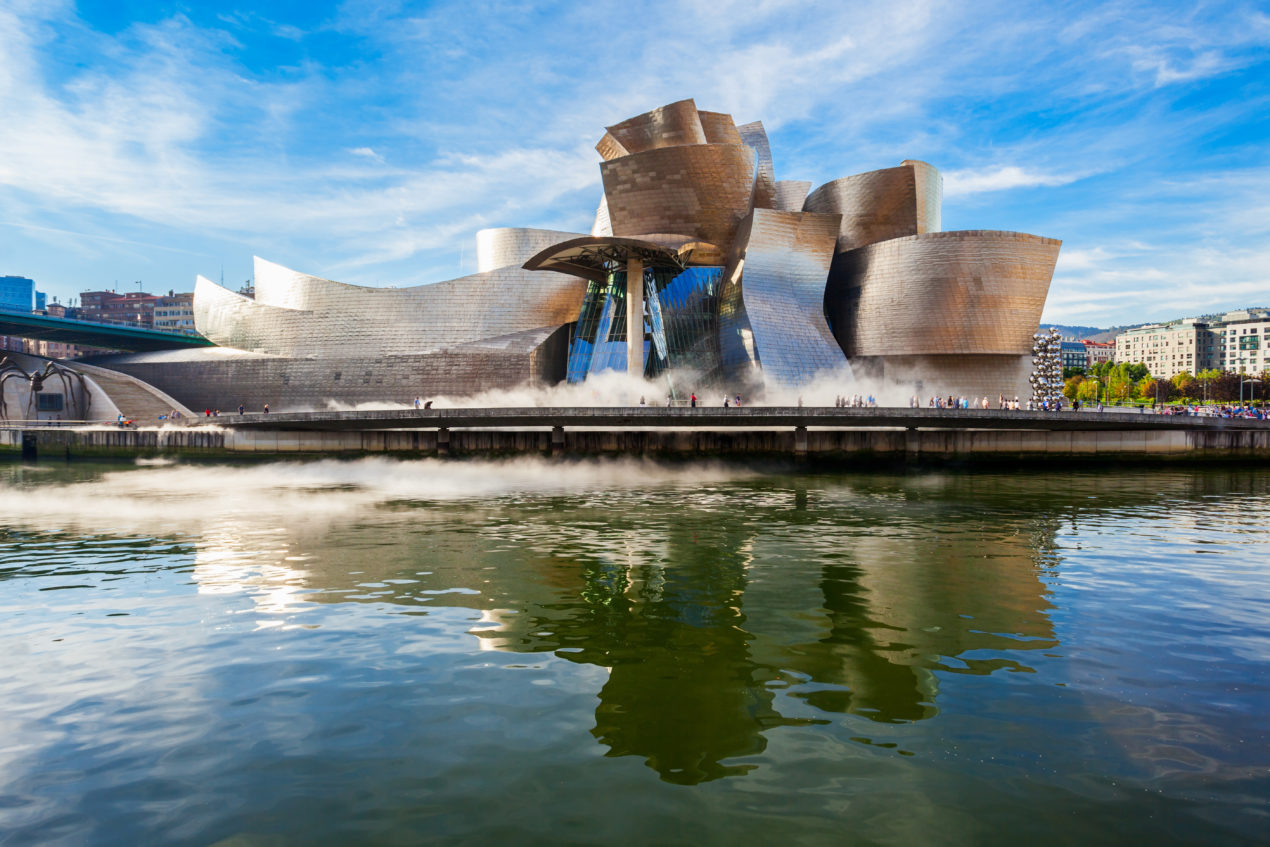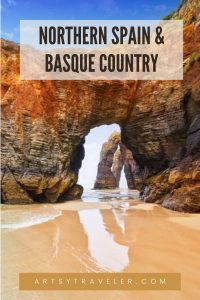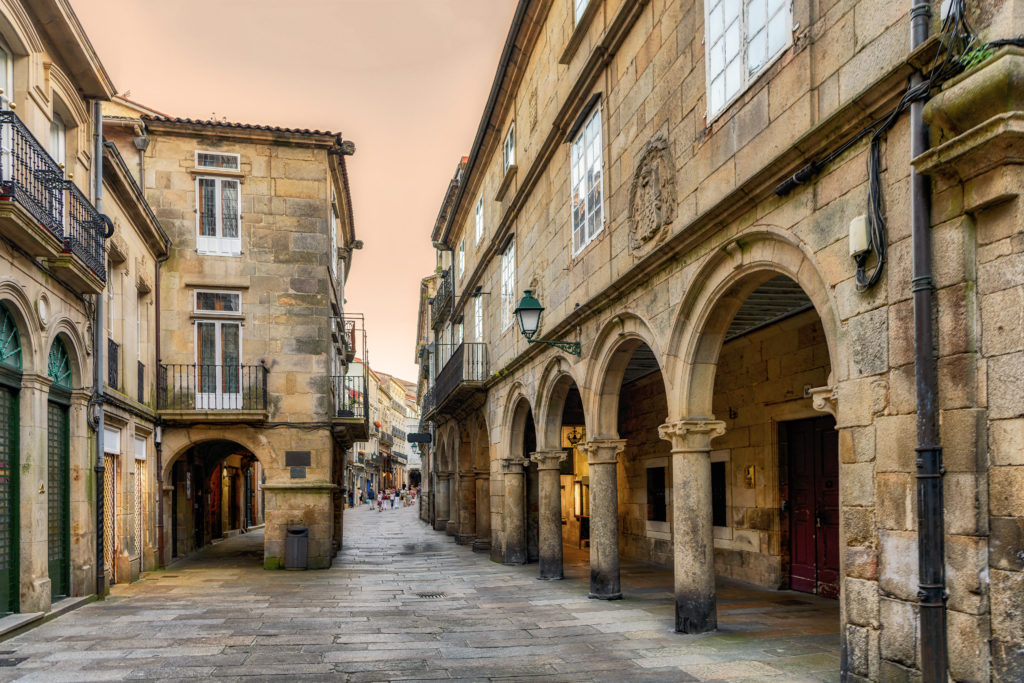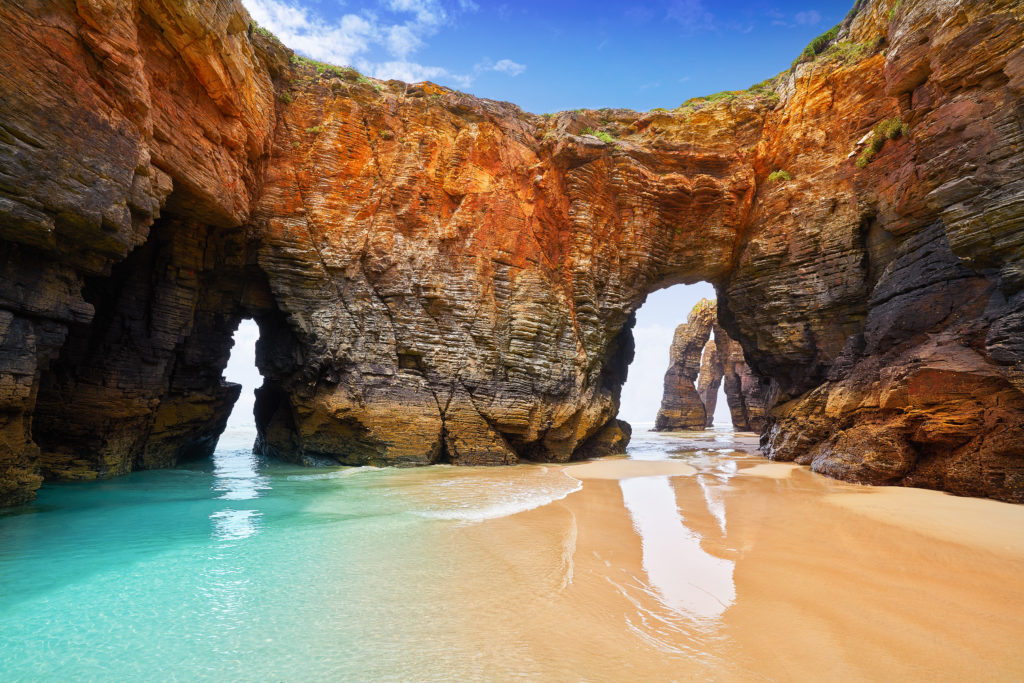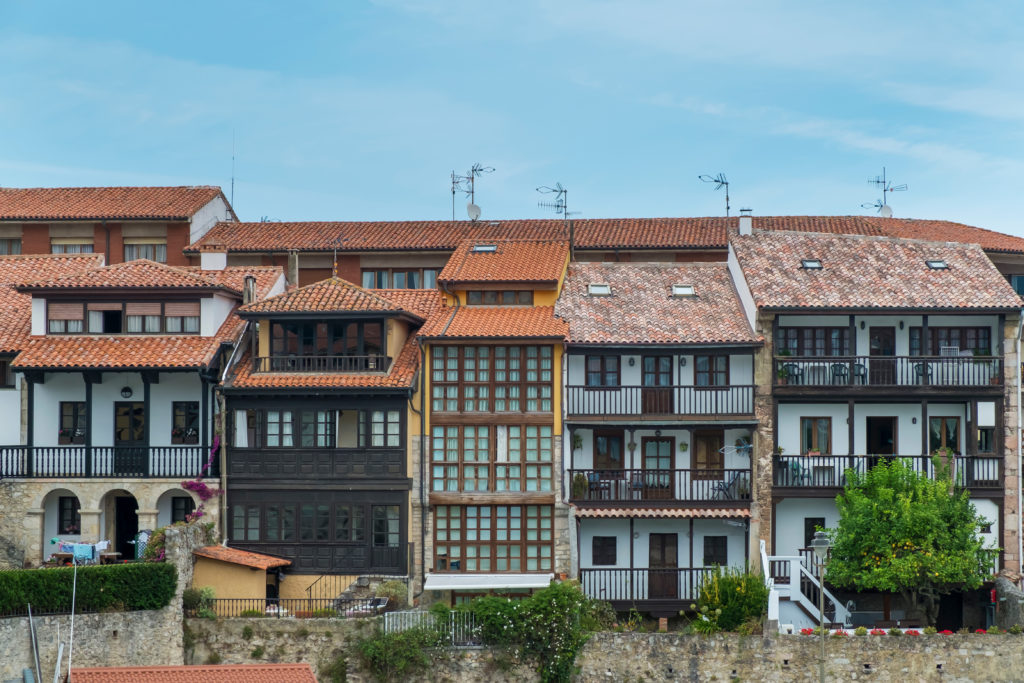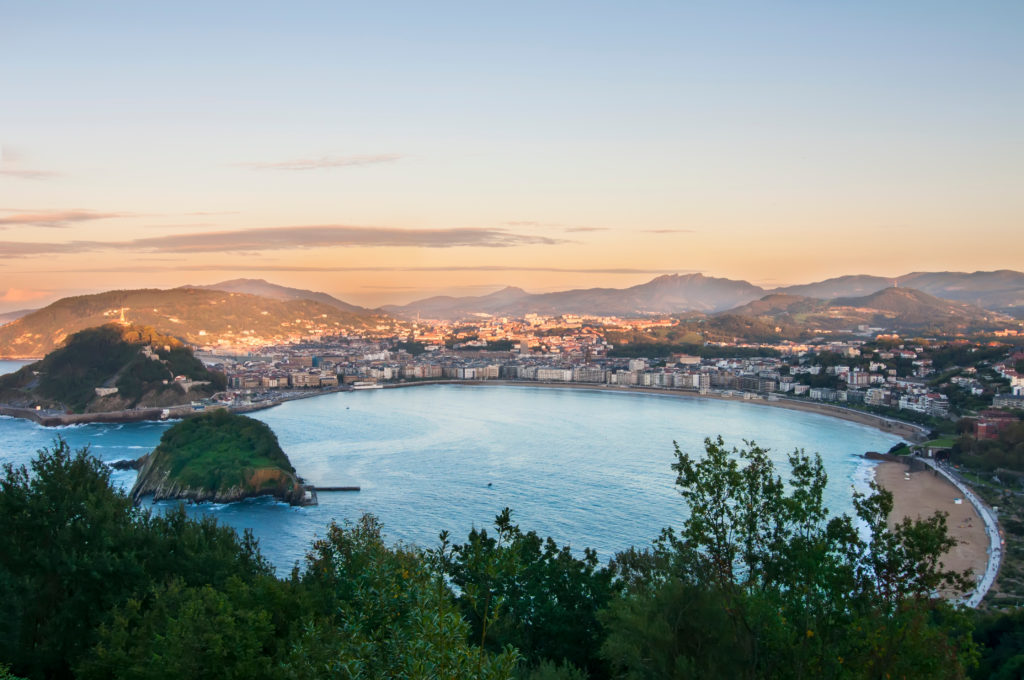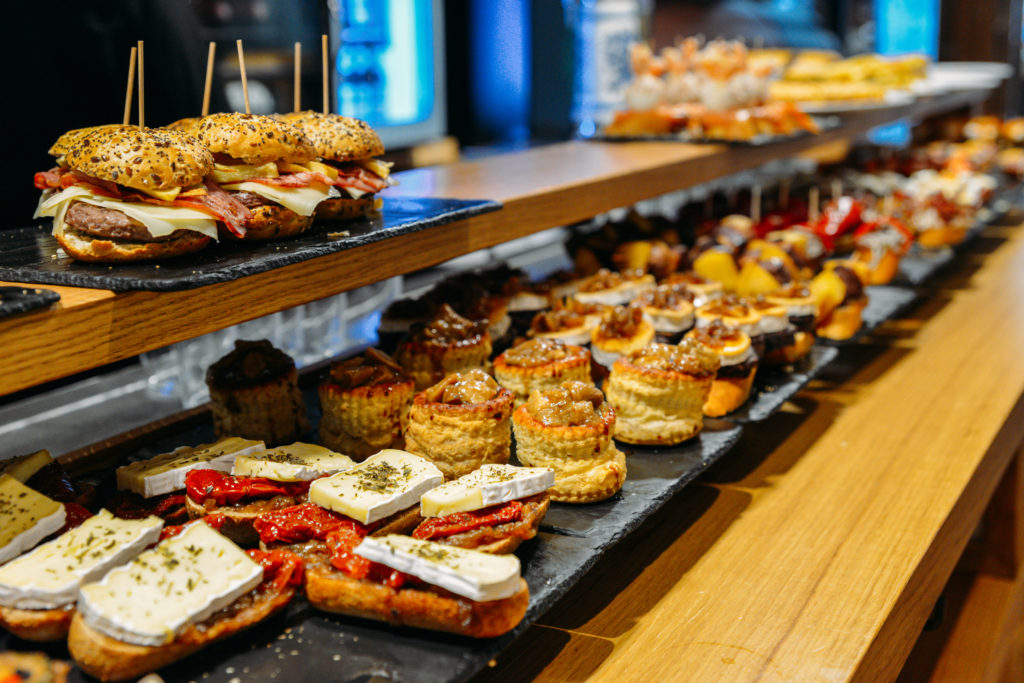Best Two Days in Amsterdam
Amsterdam has plenty of sights and activities to keep you busy for two full days and three nights. If you’re pressed for time, you can see most of the high points in a two-night stay.
Following are my suggestions for two full days in Amsterdam. Stay in a hotel on one of the outer canals, such as the Herengracht, Prinsengracht, or Keizersgracht. From there, you’ll be able to walk almost everywhere.

Orientation to Amsterdam
The map below shows the places mentioned in this post. Click a number on the map for more information.
Day 1 in Amsterdam
First thing in the morning, after fortifying yourself with a breakfast where good bread and Gouda cheese will likely play a role, head to the Museumplein.
Tour either the Van Gogh Museum (#1 on the map) or the Rijksmuseum (#2) as soon as it opens. Don’t try touring both museums on one day or you’ll risk art overload.
Buy your tickets online well ahead of your visit. I suggest visiting one major museum on one morning and the other on the next morning or later that afternoon.
Avoid going to either museum in the middle of the day when both are mobbed (particularly the Van Gogh Museum).
Here’s information about the Van Gogh Museum, with details about the Rijksmuseum provided under Day 2.
Van Gogh Museum
Armed with the ticket you pre-purchased, arrive at the Van Gogh Museum at your appointed time (preferably as early as possible).
The Van Gogh Museum lives up to the hype as one of Europe’s most visit-worthy art museums. You get a wonderful overview of van Gogh’s work from the early years to the very end.
In fact, the museum contains the world’s largest collection of van Gogh’s art, including such signature pieces as Sunflowers, The Potato Eaters, and a personal favorite, Wheatfield with Crows, one of his last paintings. Download the app provided by the museum. It’s a good one.
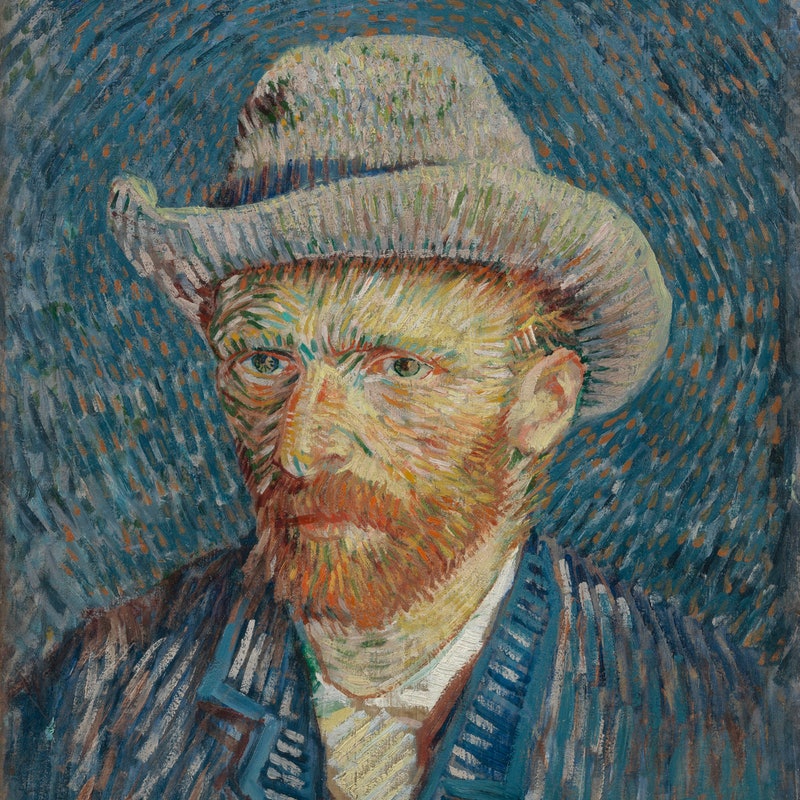
Check out my detailed overview of the Van Gogh Museum and my suggestions for touring.
In the afternoon (weather depending), take a canal cruise and visit Anne Frank House.
Anne Frank House
I first visited Anne Frank House (#3) when I was fourteen–the same age Anne Frank was when she was murdered.
Walk behind the bookcase that concealed the hiding place to view the unbelievably cramped spaces. It’s impossible to imagine how Anne and seven other people lived there for two years.
You must buy your ticket online for a specific time slot up to two months in advance to visit the Anne Frank House. Tickets sell out fast so check the website two months before you plan to be in Amsterdam. Don’t wait or you may be disappointed.
Canal Cruise
Take a canal cruise (#4) while you’re in Amsterdam. If the skies are clear, go later in the afternoon when the light turns golden. During the summer months, consider an evening cruise. You’ll get a different perspective on Amsterdam as you glide past gabled houses and under bridges crusted with lights.
Here are options for canal cruises in Amsterdam. Some include dinner.

On your first evening, venture into the lively Centrum. Enjoy a beer at a canalside restaurant, then wander back to the quieter canals to avoid marauding bands of partying Brits.
The people of Amsterdam are working hard to take back their city from the invasion of large groups–often from England. Here’s an interesting article about over-tourism in Amsterdam.
If you steer clear of the streets around the station (the infamous Red Light District) and stick to the canals in the outer rings of the Centrum (the Keizersgracht, Herengracht, and Prinsengracht), you’ll find plenty of peaceful walks, lively and safe squares like the Rembrandtplein (#5), and attractive canal vistas.
Day 2 in Amsterdam
Depending on which of the two art biggies you visited on Day 1, visit the other on Day 2. Again, make sure you purchase your ticket ahead of time and choose a time either early in the day or later in the afternoon to avoid the crowds.
Rijksmuseum
If you enter the Rijksmuseum (#2) when it opens at 9 am, you’ll have it all to yourself. On a recent visit there in April, we barely saw another person for a good hour after entering around 9:15.
By the time we left around noon, the line-up extended out into the rainy Museumplein. Satiated by great art and in cheery spirits after our leisurely stroll through near-empty galleries, we pitied the sad-looking tourists huddled under dripping umbrellas. Don’t be one of those tourists!

The Rijksmuseum houses some of the greatest Dutch art in Europe. You’ll find numerous works by Rembrandt, Vermeer, and Frans Hals in more than thirty galleries that feature art from the Dutch Golden Age.
A special room is devoted to displaying Rembrandt’s The Night Watch, a vast improvement from when I first saw the painting back in 1970. Then, the painting was so dark and ill-lit that my 14-year-old self left unimpressed.
Now, the painting holds pride of place in a special gallery that most of the time teems with camera-snapping tourists. Remember – go early and contemplate Rembrandt’s masterpiece in blessed solitude.
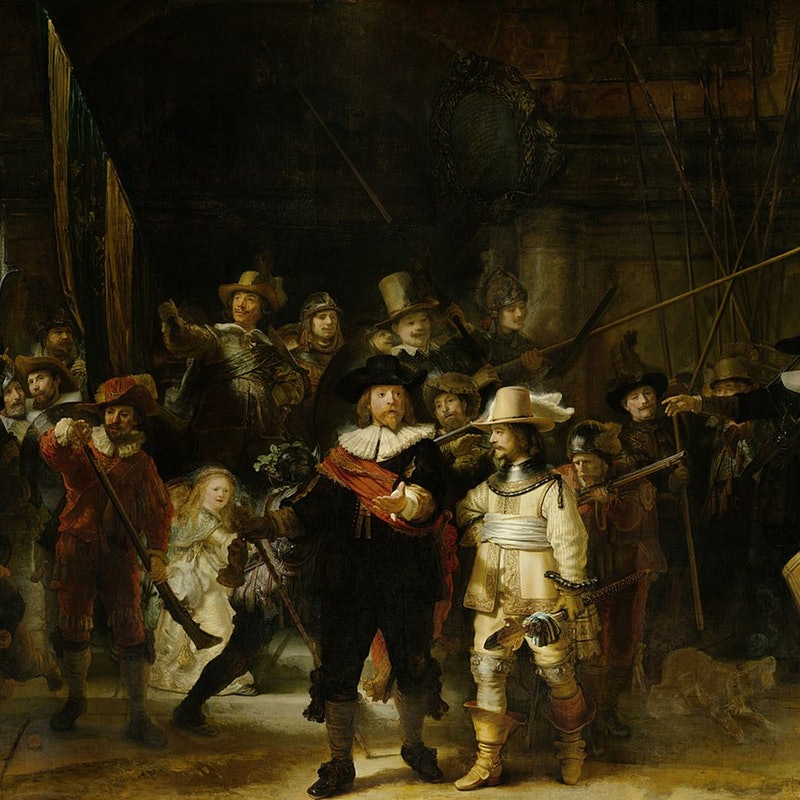
Paintings from the Golden Age are just some of the attractions at the Rijksmuseum.
I was taken by the Medieval/Renaissance collection (1100 to 1600) displayed in beautifully lit and organized galleries. Since most visitors make a beeline for The Night Watch, you’ll find the medieval galleries comfortably empty. Enjoy numerous paintings, sculptures, objets d’art, furniture, and even tapestries.
As the premier museum in the Netherlands, the Rijksmuseum has even more to offer, including special exhibitions. These usually require an additional ticket so check ahead.
For more about the Rijksmuseum, check my dedicated post detailing more fabulous things see during your visit.
Lunchtime Concert at the Concertgebouw
If you’re in Amsterdam on a Wednesday, drop in to the Concertgebouw (#5) across the street from the Museumplein for a free lunchtime concert. You’ll be one of the few tourists there enjoying classical music alongside locals.
We saw an amazing concert of two vibraphonists–one Dutch and one Italian. Arrive well ahead of time to make sure you get a seat. The concerts are popular and fill up fast.
Check the Concertgebouw website for details about the free lunchtime concerts.
H’ART Museum
When we’re in Amsterdam, we almost always pay a visit to the H’ART Museum (#6), which was formerly known as the Hermitage Museum. The H’ART Museum is an art museum where famous works of art and stories from around the world are brought together in one-of-a-kind exhibitions.
In our experience, this large museum overlooking the Amstel River has never been crowded and is a delight to walk around. At the back, enjoy lunch in the courtyard garden, a calm oasis in this bustling city.
Begijnhof
Another calm oasis is the charming Begijnhof (#7) courtyard surrounded by old-style Dutch homes that date to the 14th century, although most of the facades were replaced in the 17th and 18th centuries. The wooden house (Houten Huys) at Begijnhof 34 is the oldest house in Amsterdam.
Step into the Begijnhof chapel to view a series of panels that tell the story of the Miracle of Amsterdam.
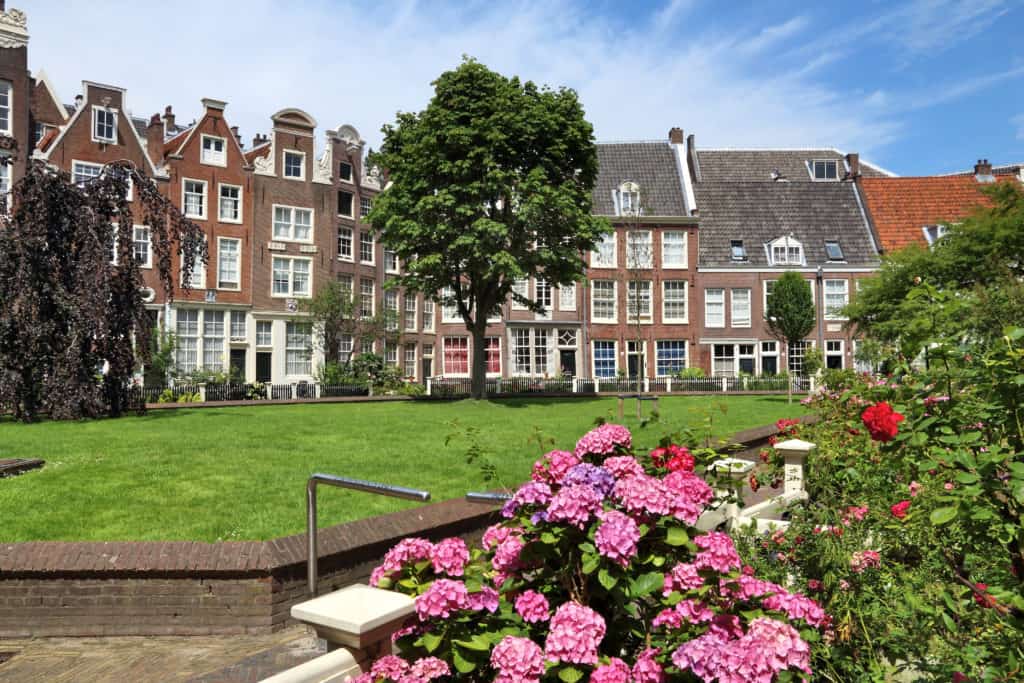
Walk Along the Canals
Apart from viewing art, one of my favorite things to do in Amsterdam is to wander along the main canals. Cross bridges, browse the shops, and snap picture after picture of the fabulous narrow houses, many dating from the Dutch Golden Age in the 17th century.
Take your time getting to know the quieter parts of this lovely city. Walk over to Vondelpark (#8) and join other people at play.
If you’re feeling brave, rent a bike. But be warned – locals ride fast! When you’re walking, always check that you’re not in a bike lane or you risk hearing the clang of a bell attached to a sturdy bike ridden upright by an angry Dutch person.
For more to see and do in Amsterdam, check out these tours and suggestions.
Eating in Amsterdam
On at least one evening, enjoy a Rijsttafel meal. This Indonesian import consists of up to forty small dishes, including egg rolls, sambals, satay, fish, fruit, vegetables, pickles, nuts, and more, accompanied by rice. The variations of taste, texture, and heat make rijsttafel (in Dutch, “rice table”) an eating adventure.

Be careful! Some of the food is super spicy!
Staying in Amsterdam
In my experience, Amsterdam is one of Europe’s most expensive cities. Plan on spending at least €300-€400 per night for a decent hotel in a central area of Amsterdam. We’ve found that splurging for a good hotel in an attractive area is well worth it.
Occasionally, we’ve stayed farther out in cheaper hotels in nondescript neighborhoods and have regretted the decision.
The Mokum Suites on Herengracht is a wonderful choice as is the apartment called Here’s Lucy that is right in the heart of Amsterdam. You can walk everywhere.
The map below shows options for hotels in Amsterdam.
Amsterdam Walking Tours
GuruWalk lists pay-what-you-please walking tours that connect tourists with tour guides all around the world. Check out their tours of Amsterdam!
Tours in Amsterdam
Here are some tours offered through GetYourGuide. I’ve booked tours with them several times and have always had a good experience.
Have you been to Amsterdam? Share your recommendations with other artsy travelers in the Comments section below.
Here are some more posts on Artsy Traveler about recommended sightseeing in Europe:
